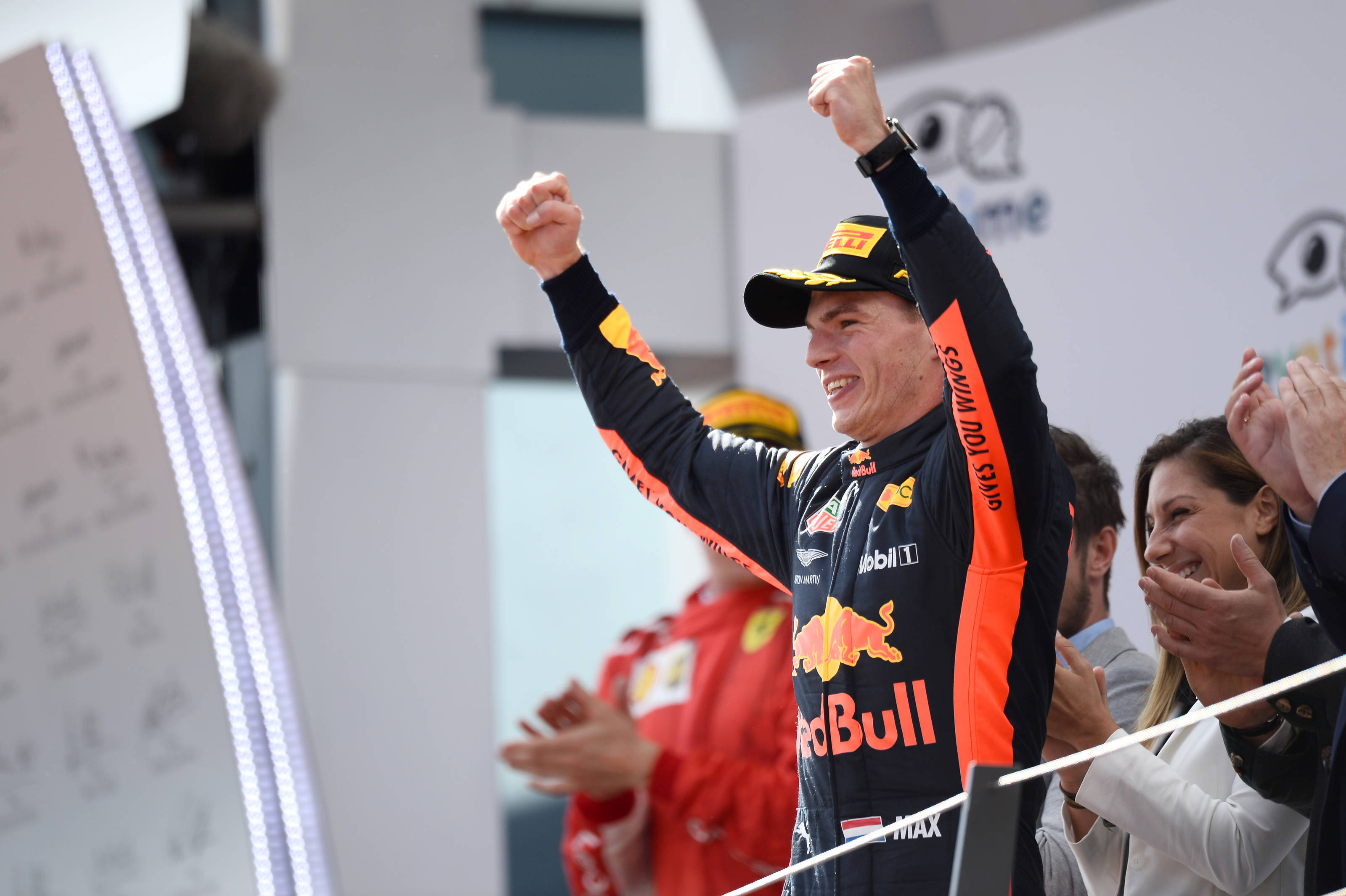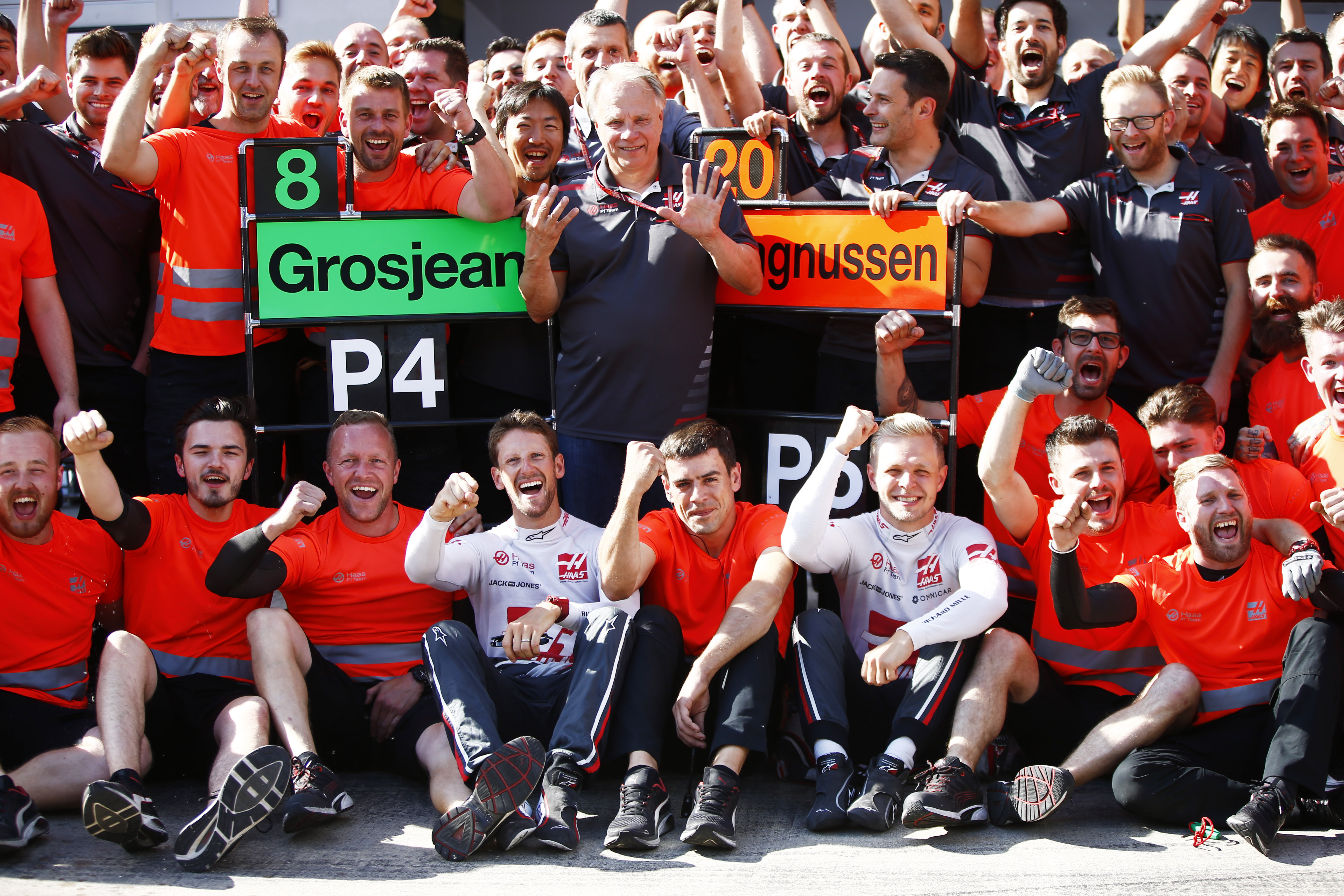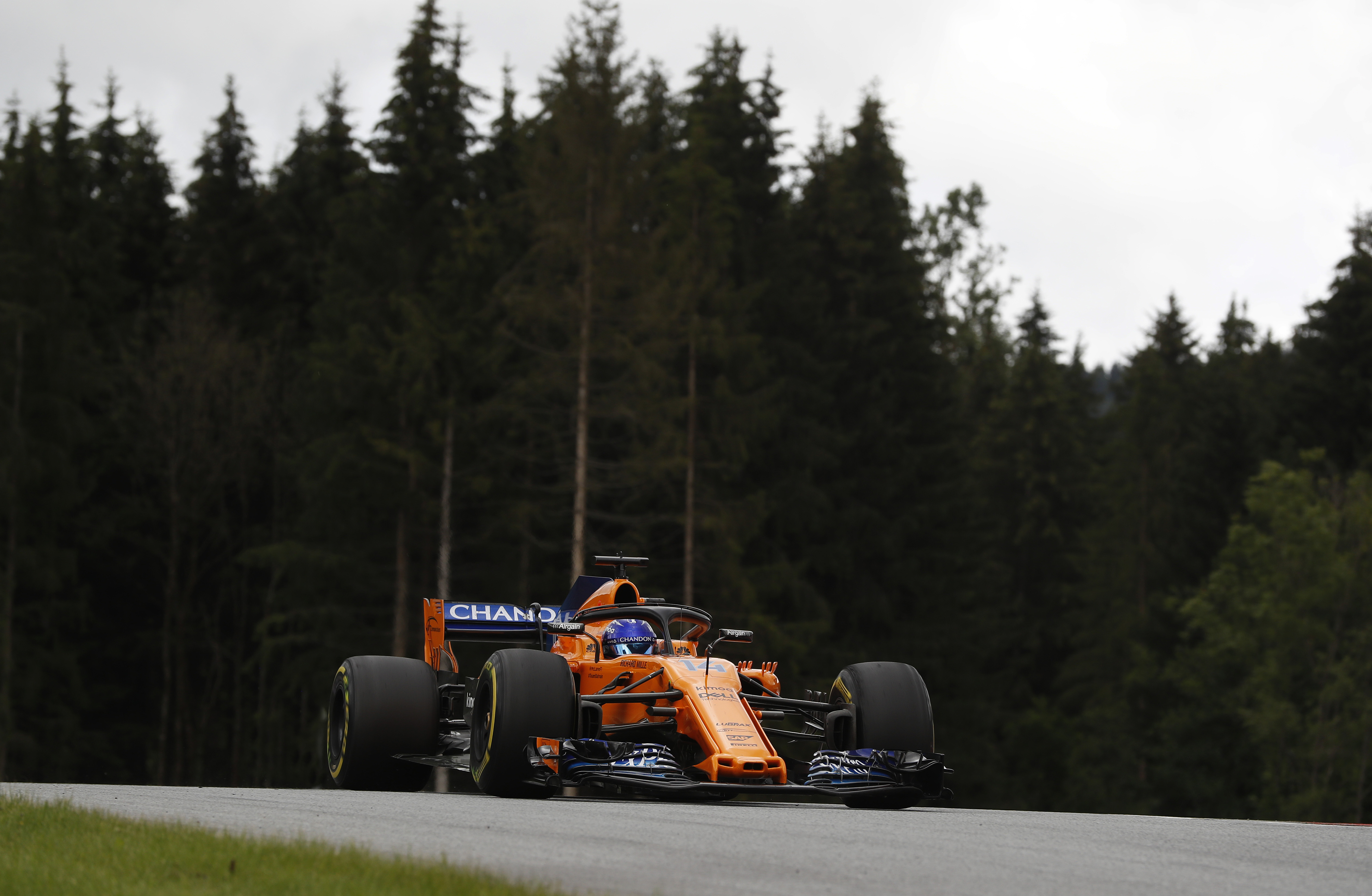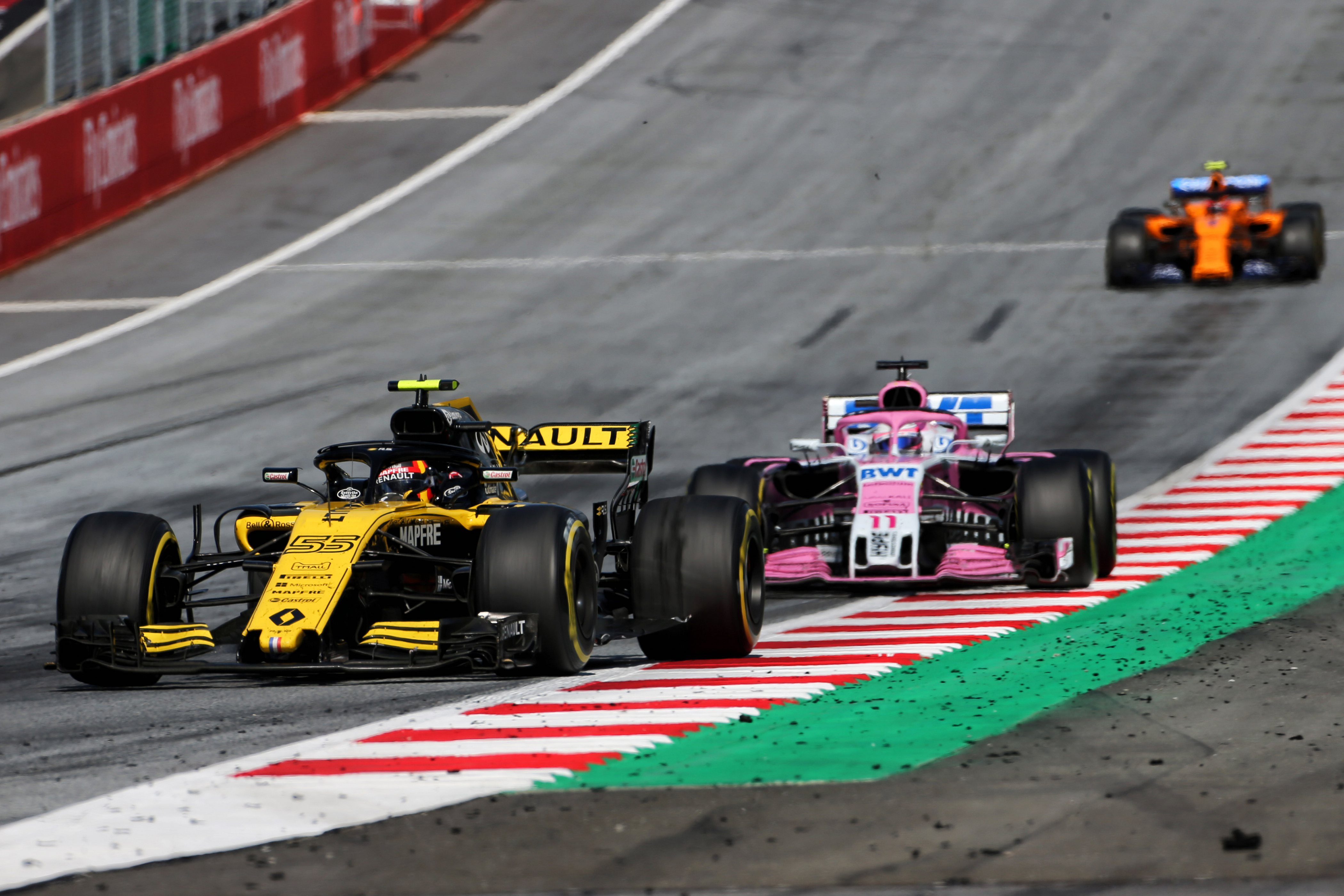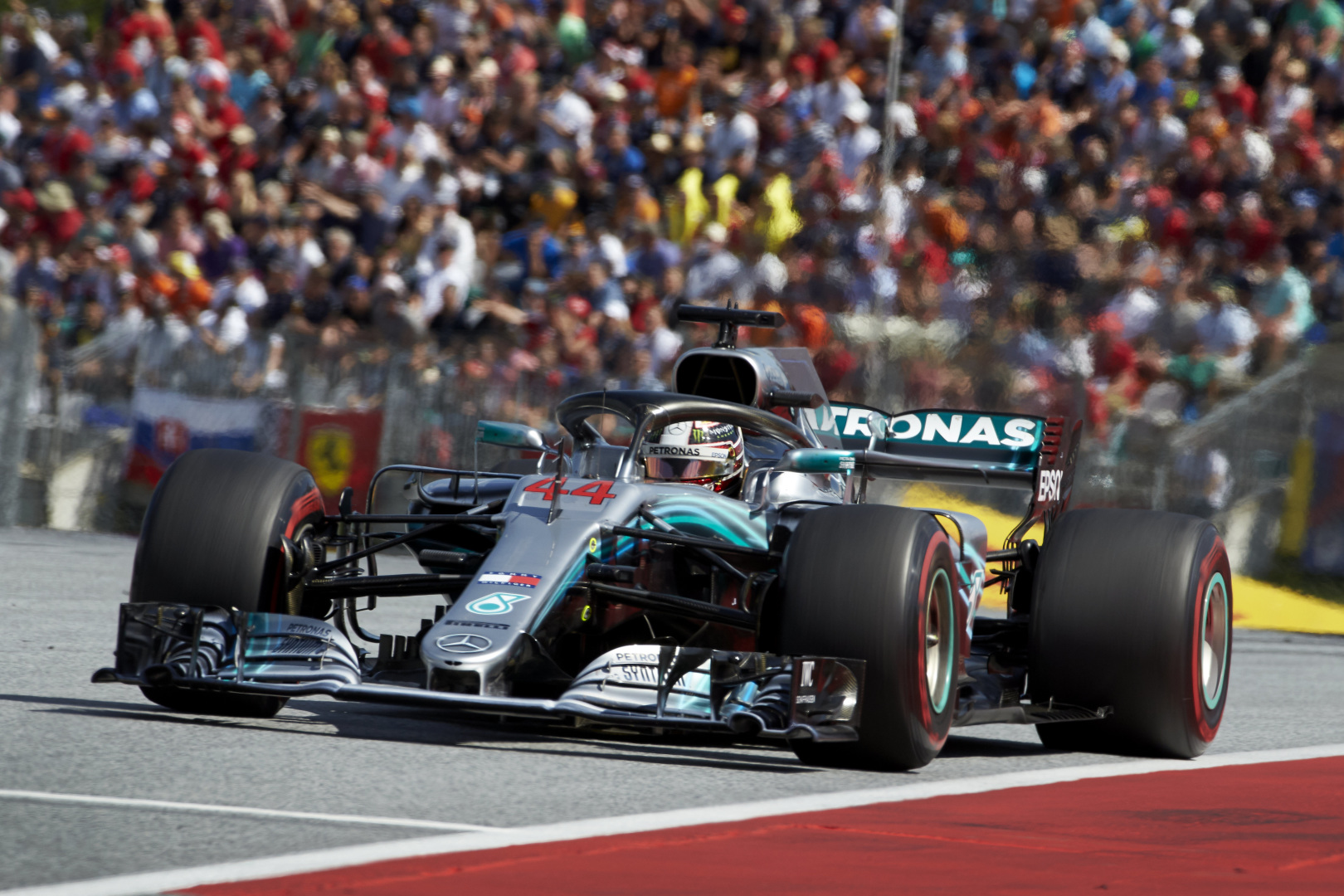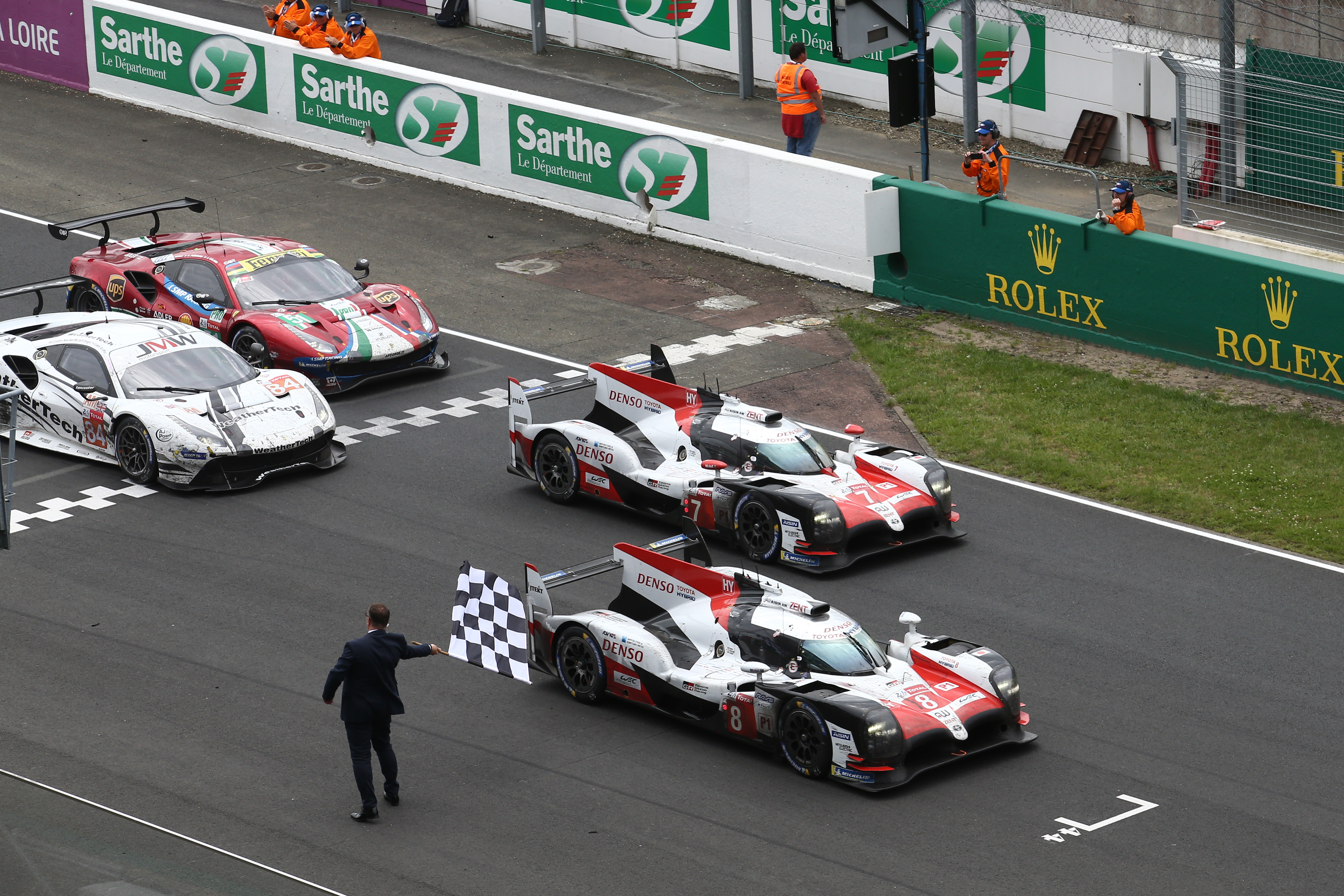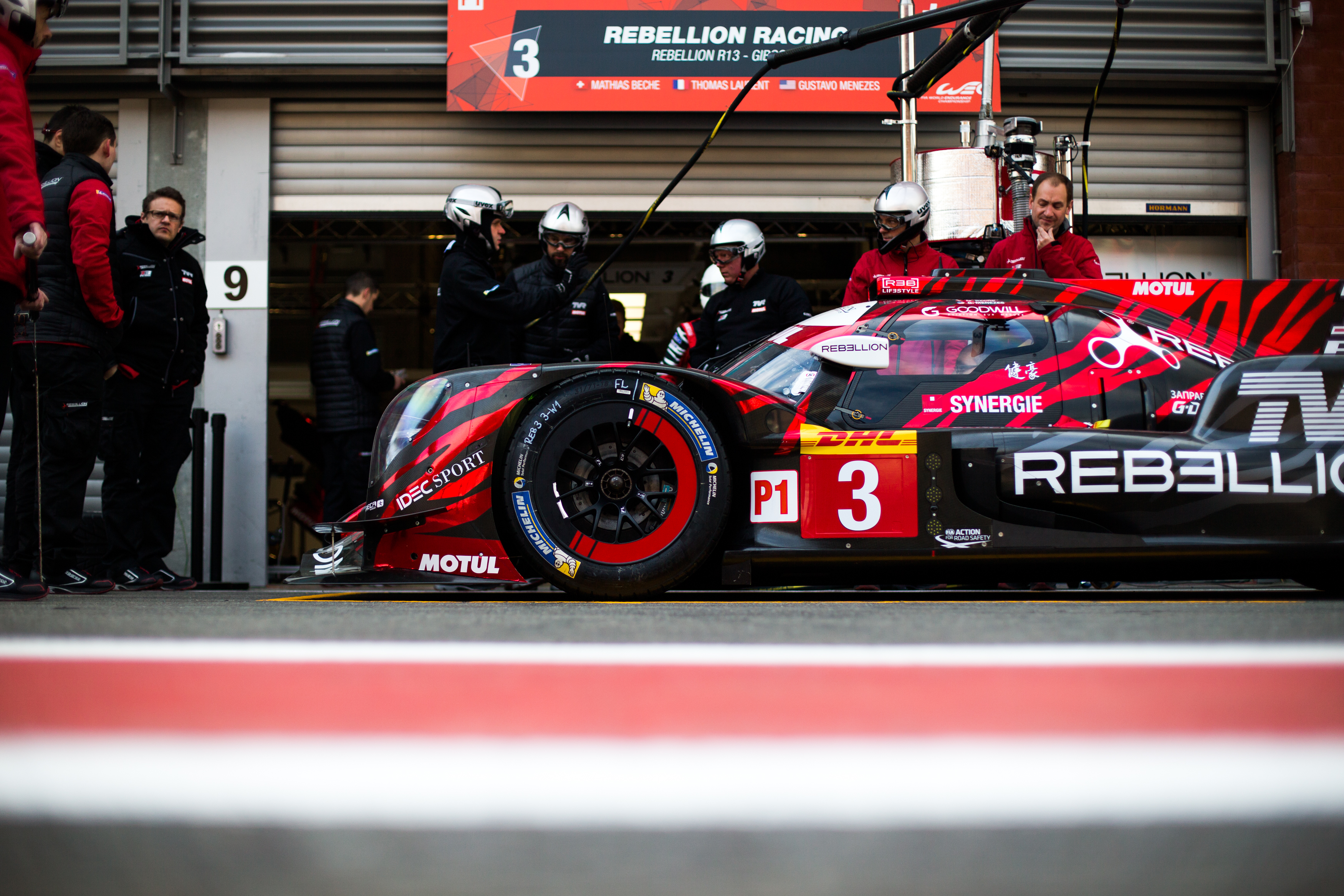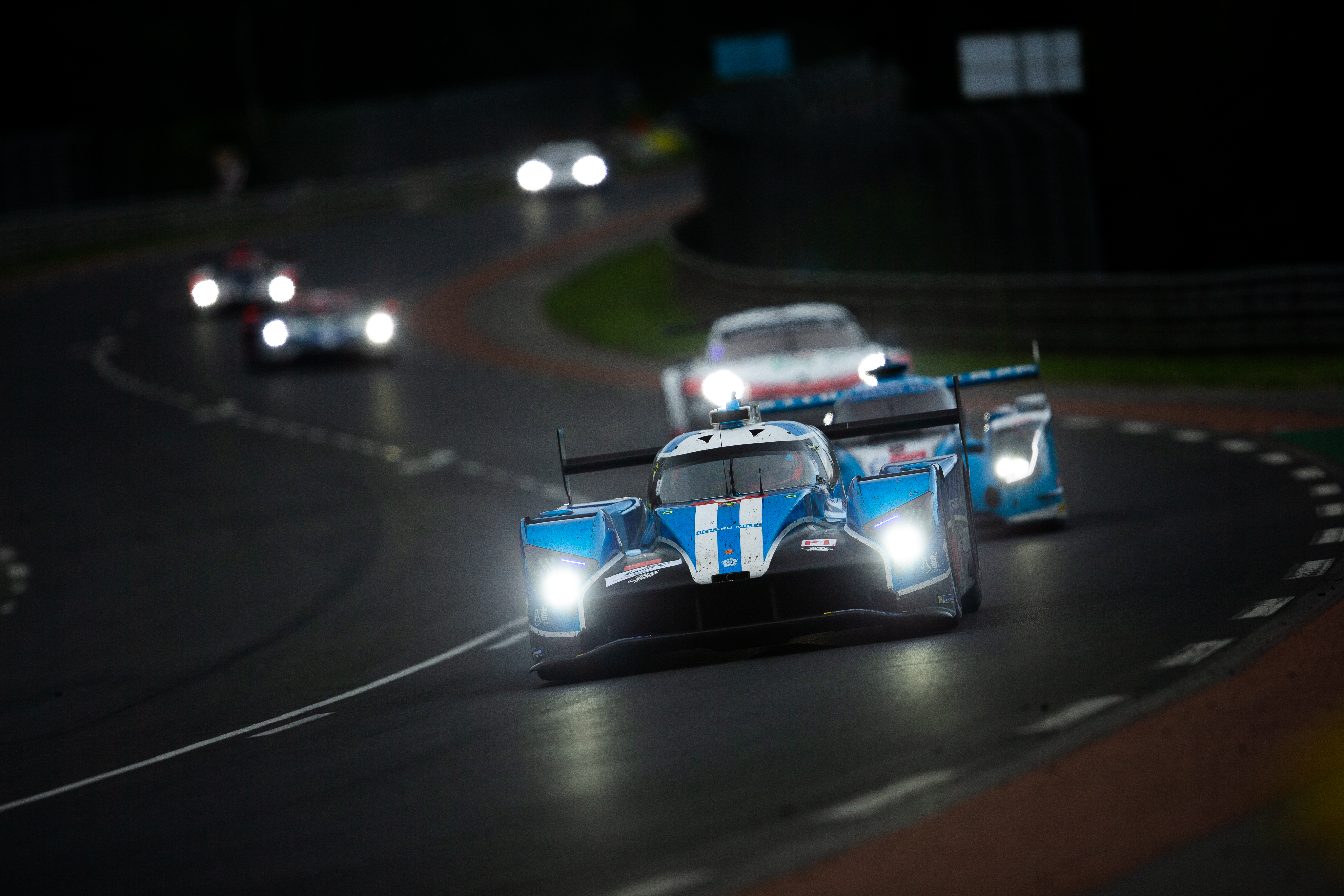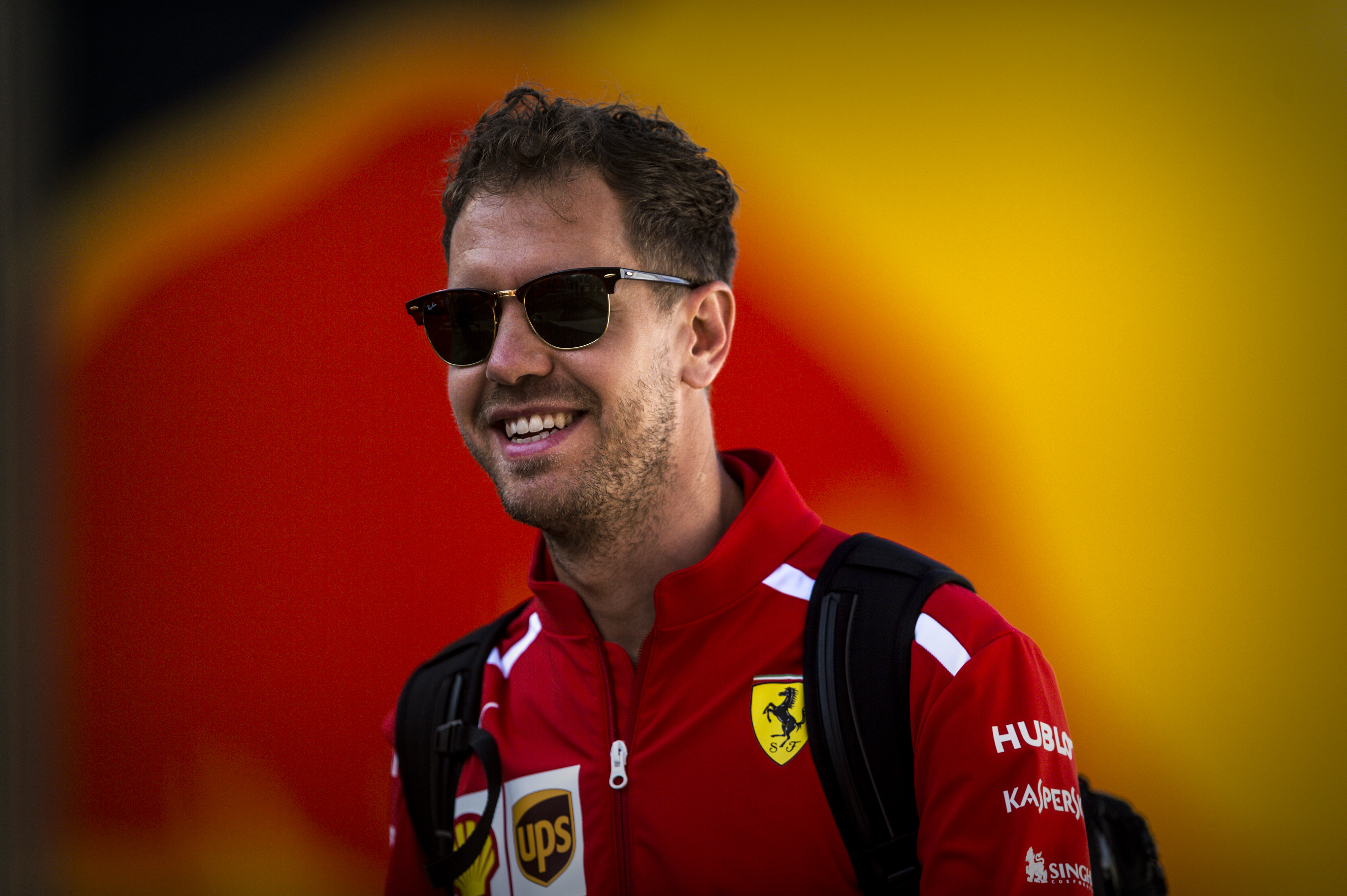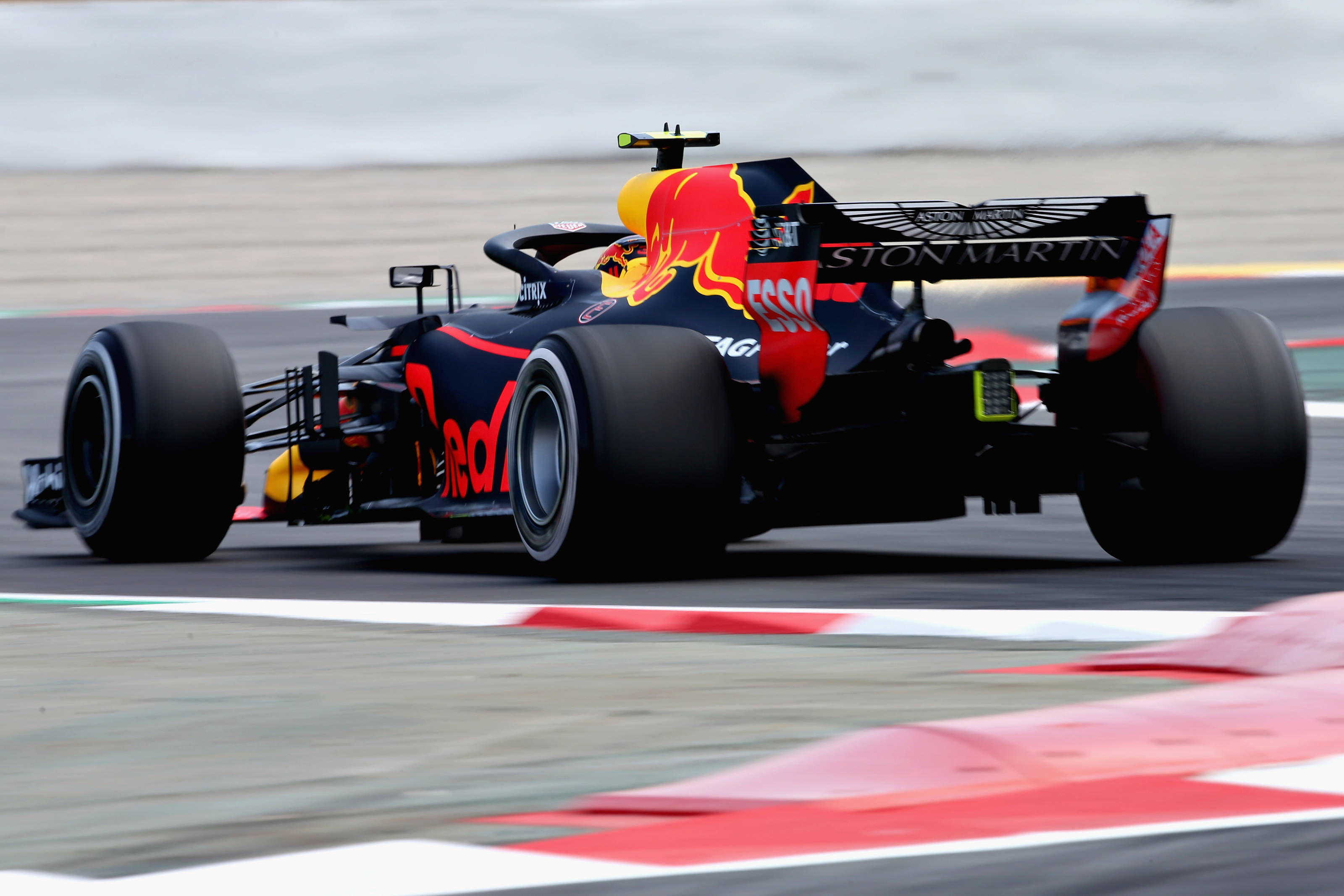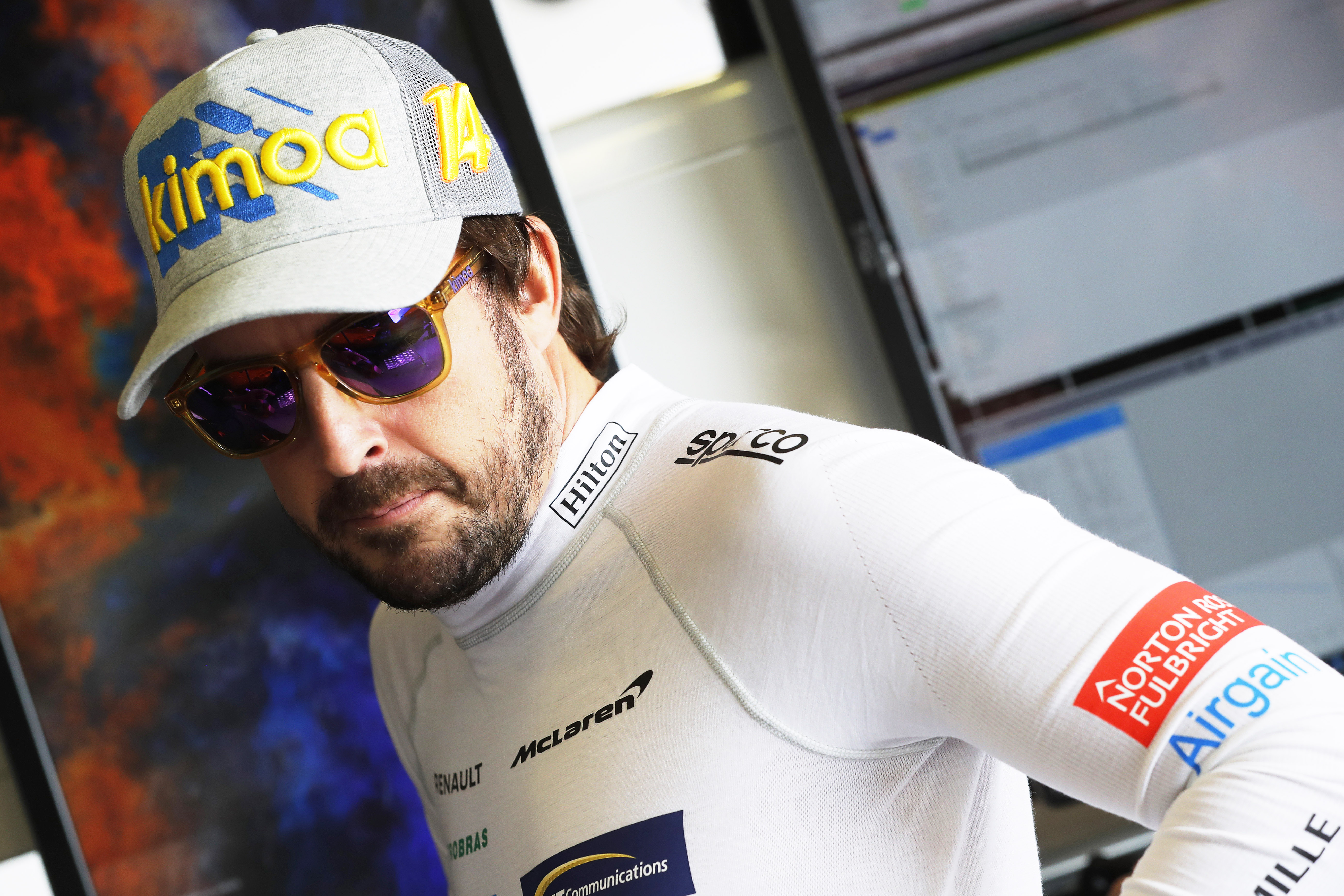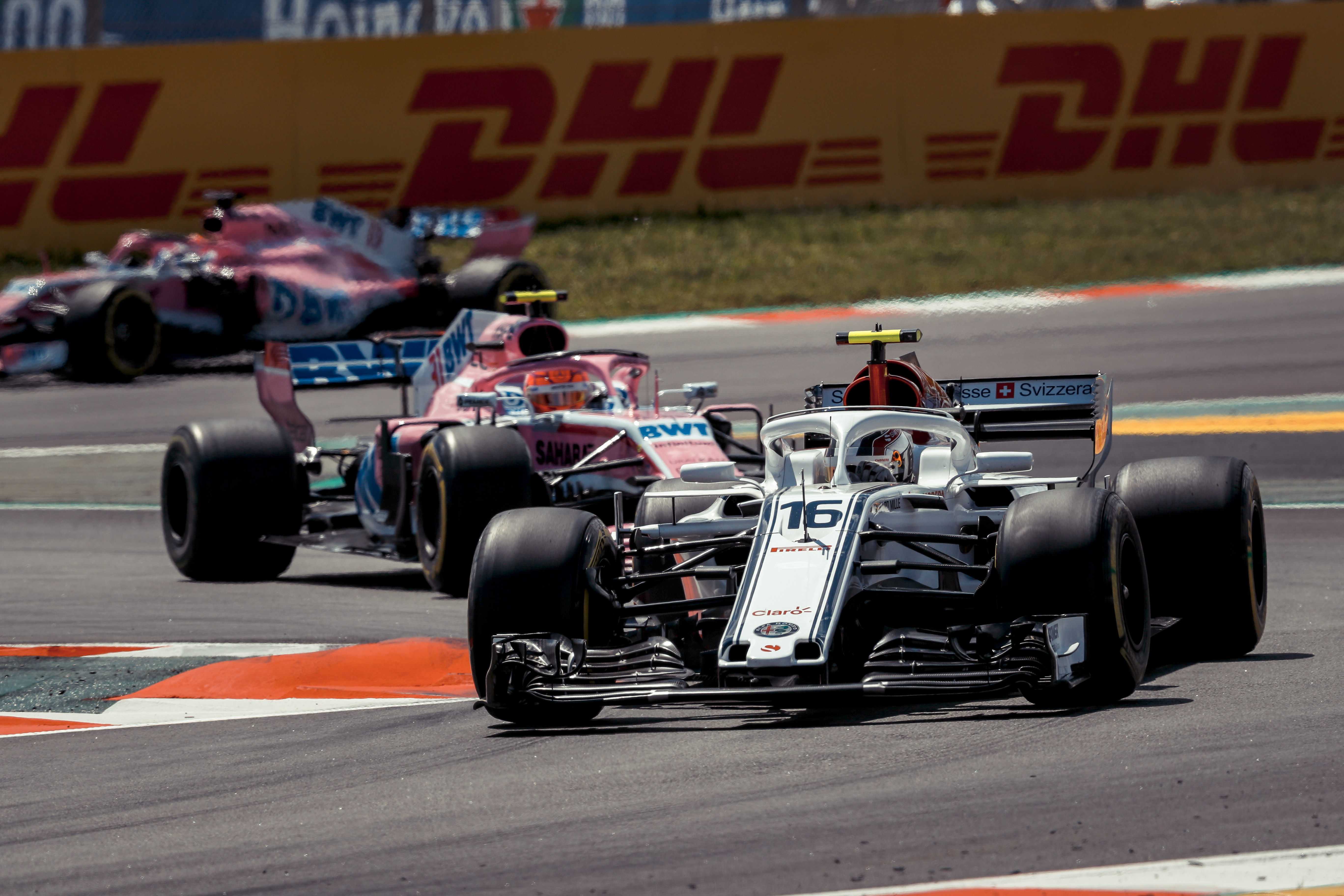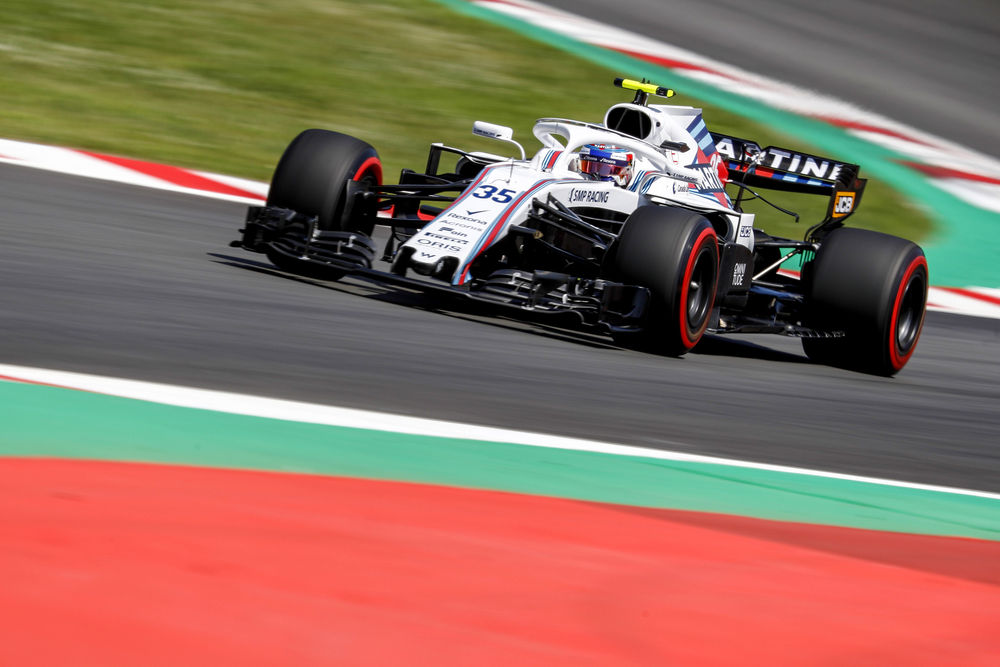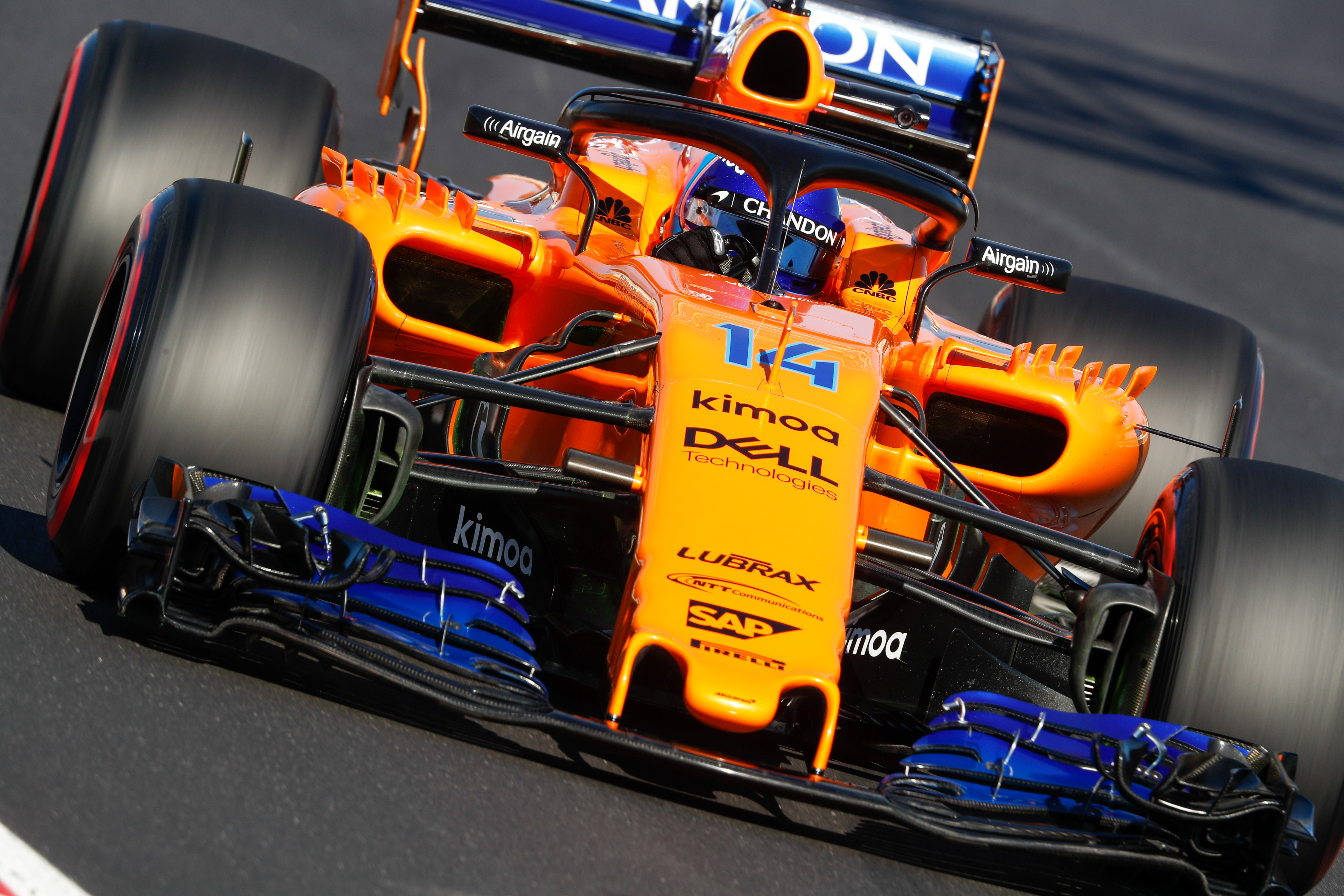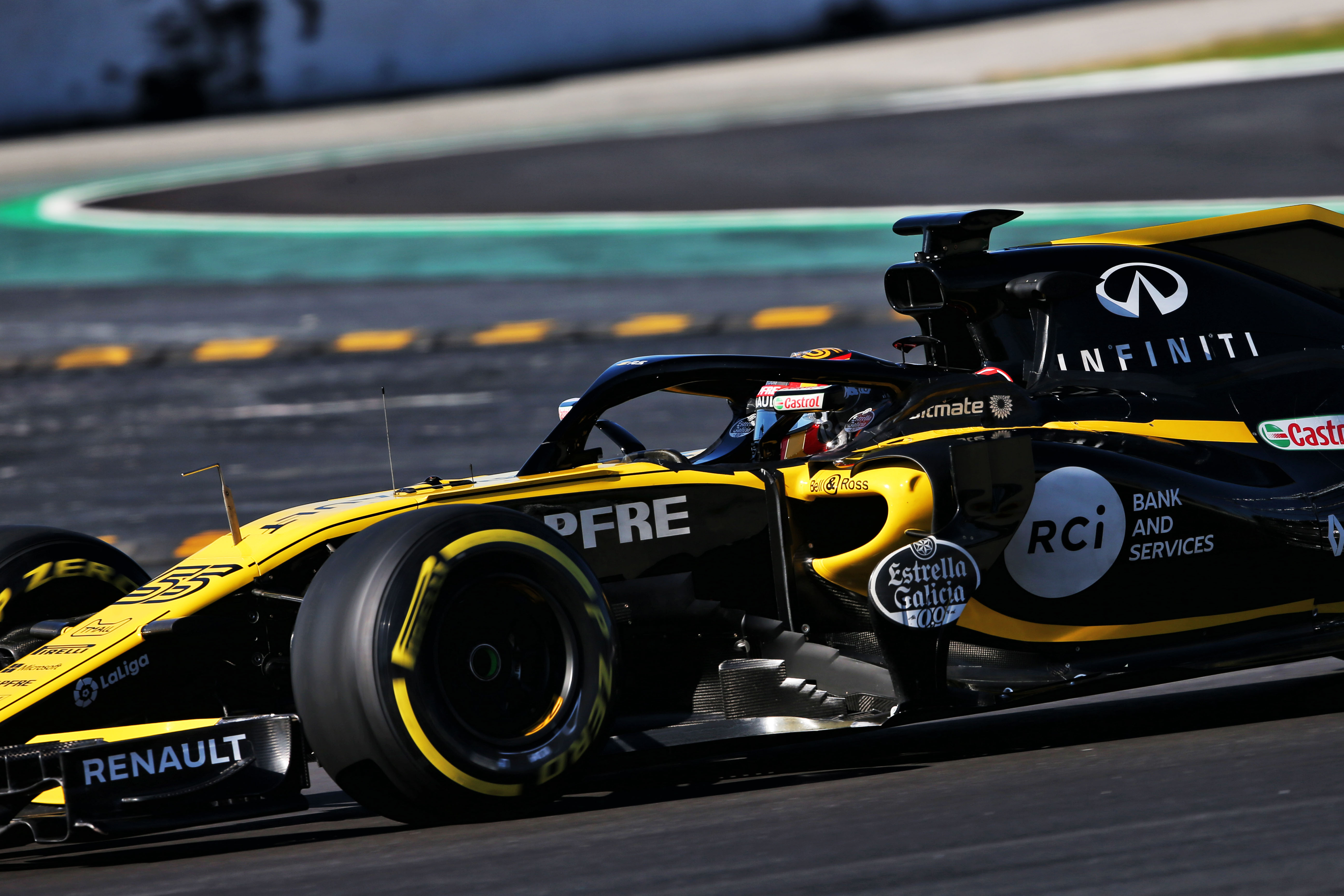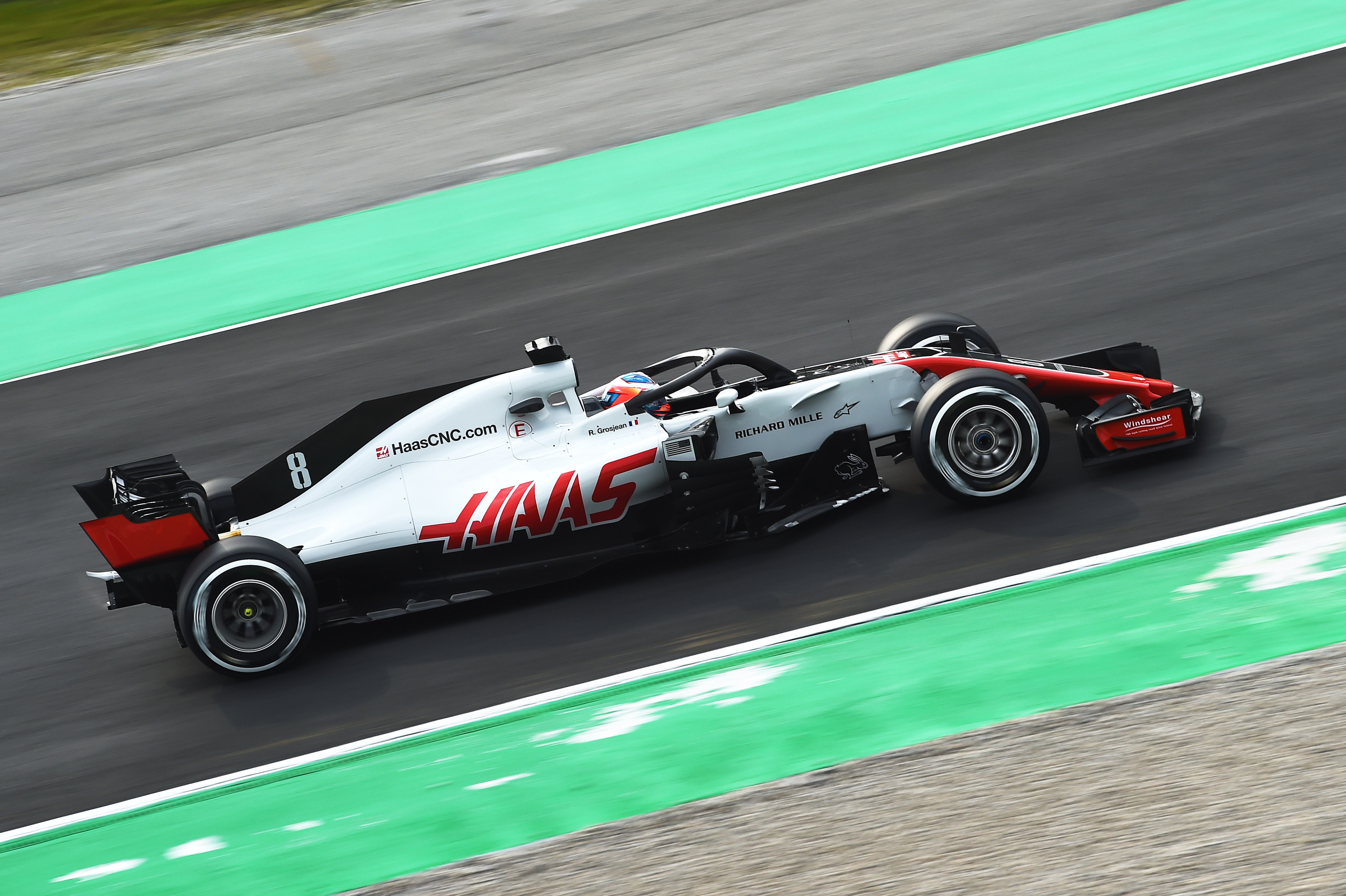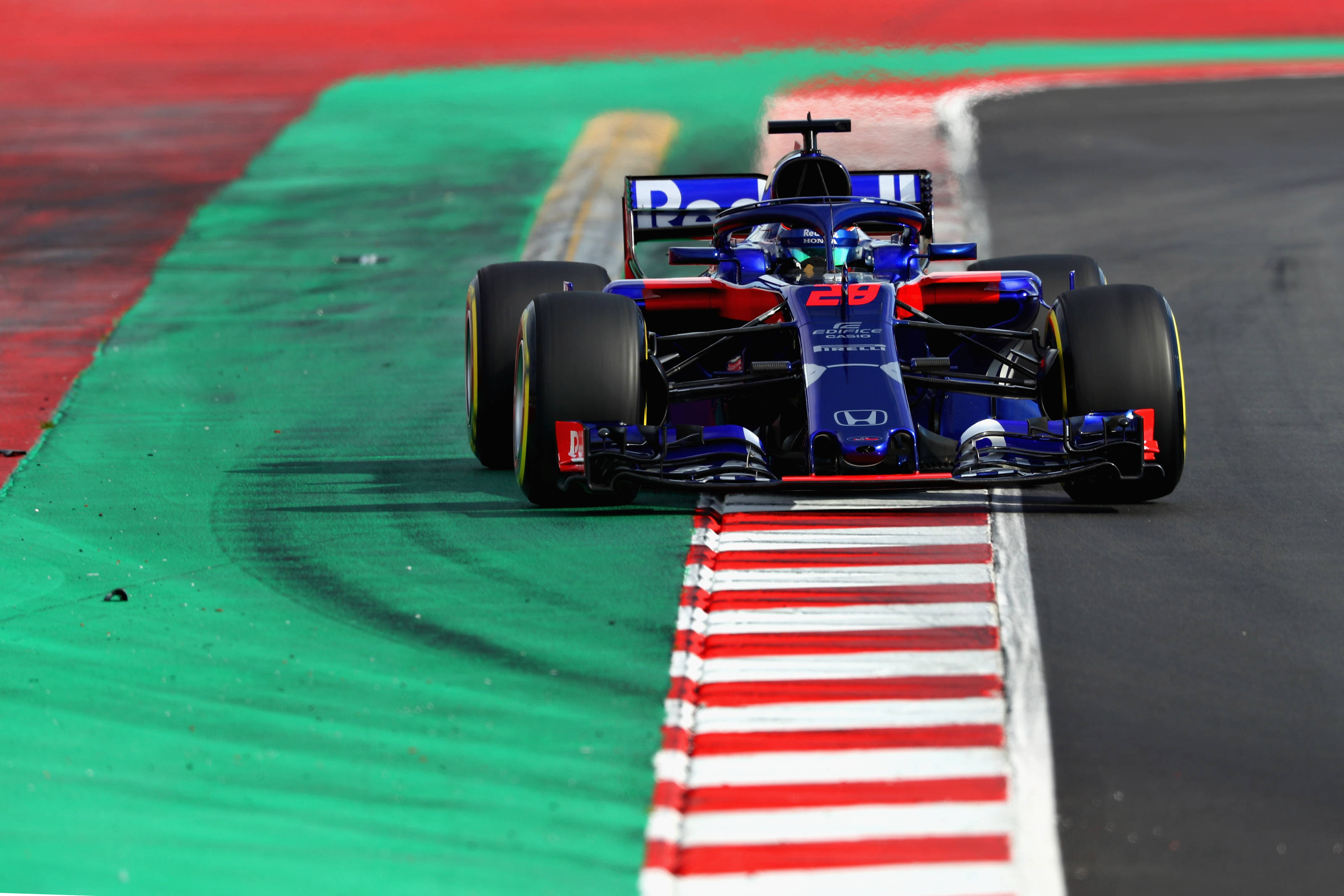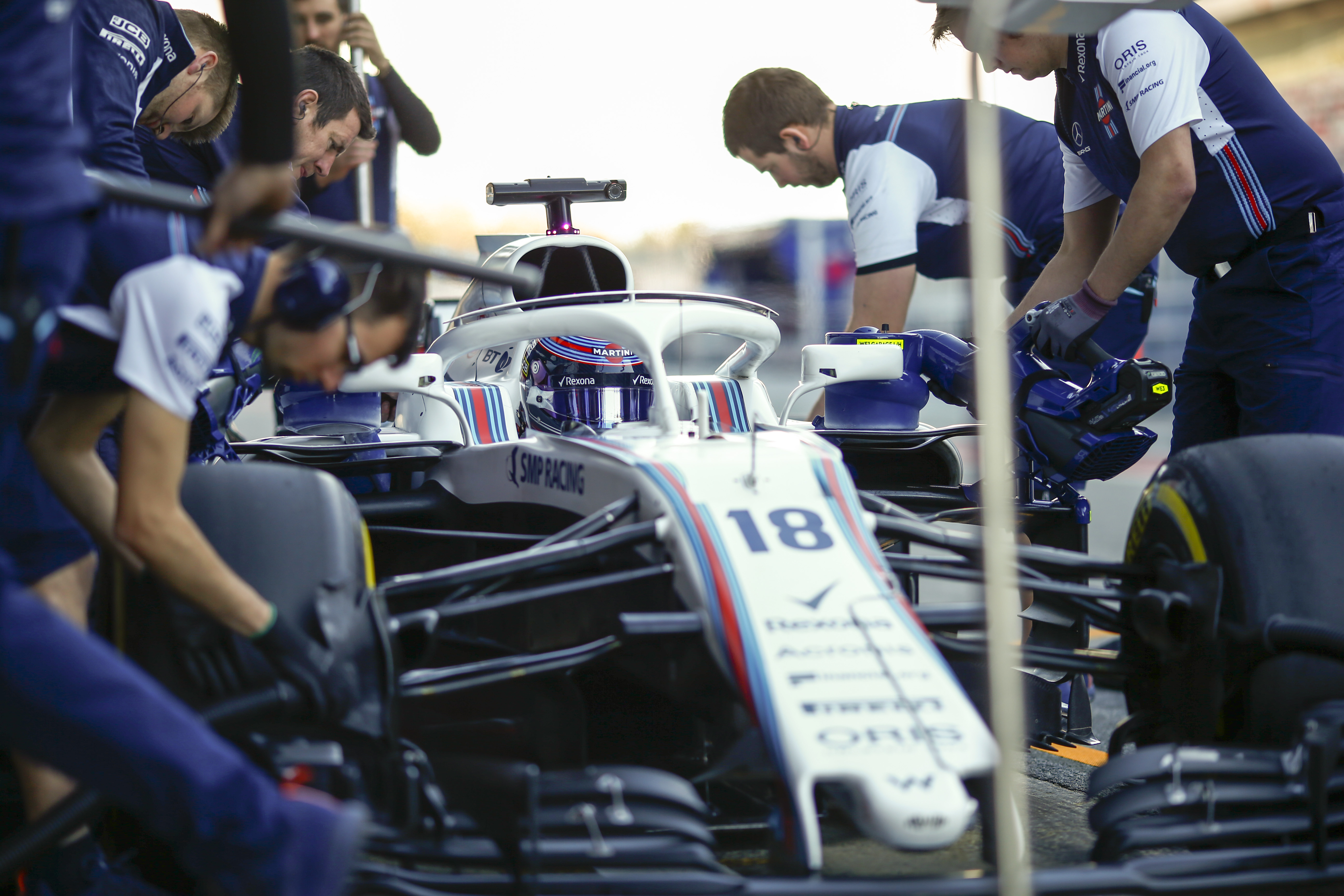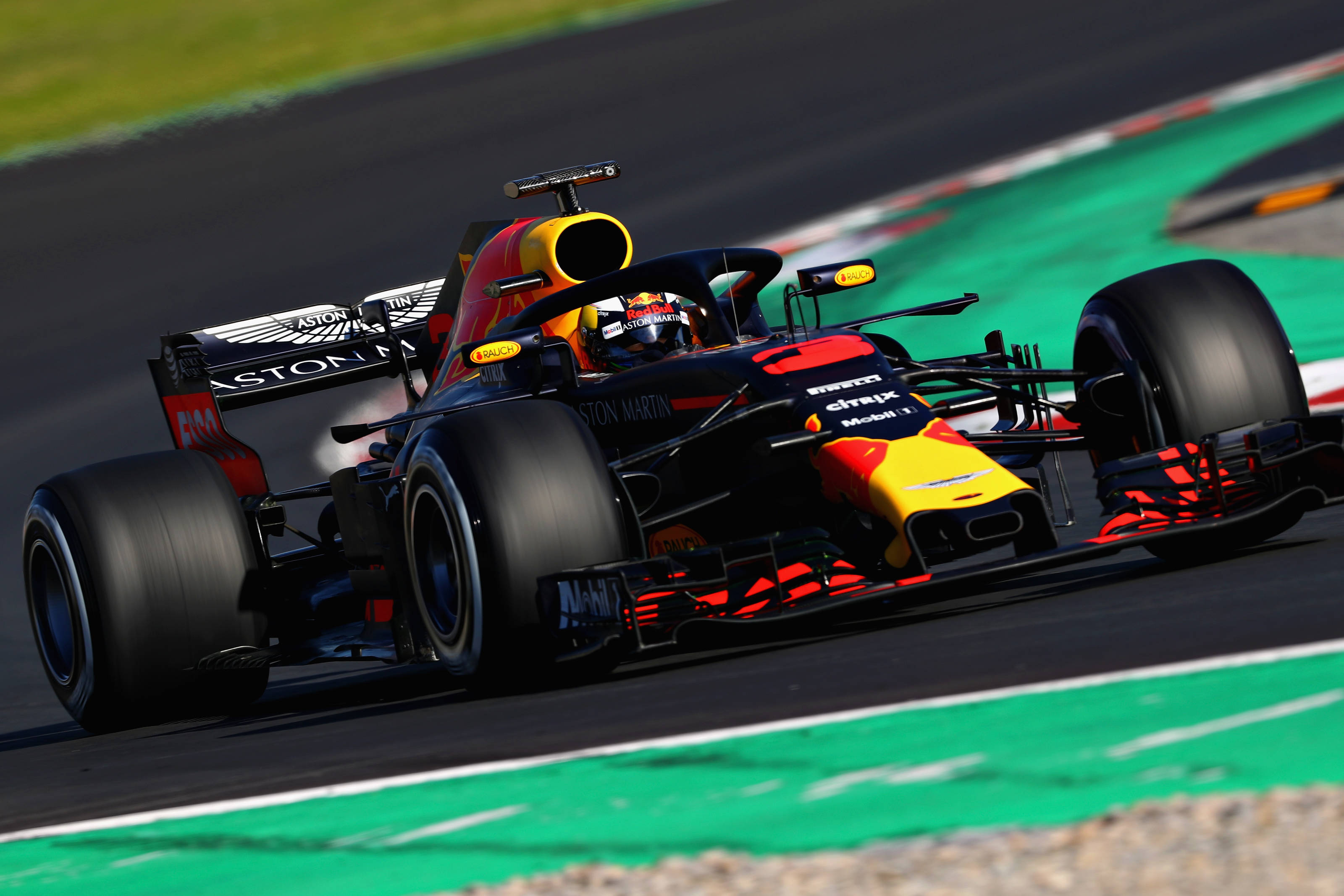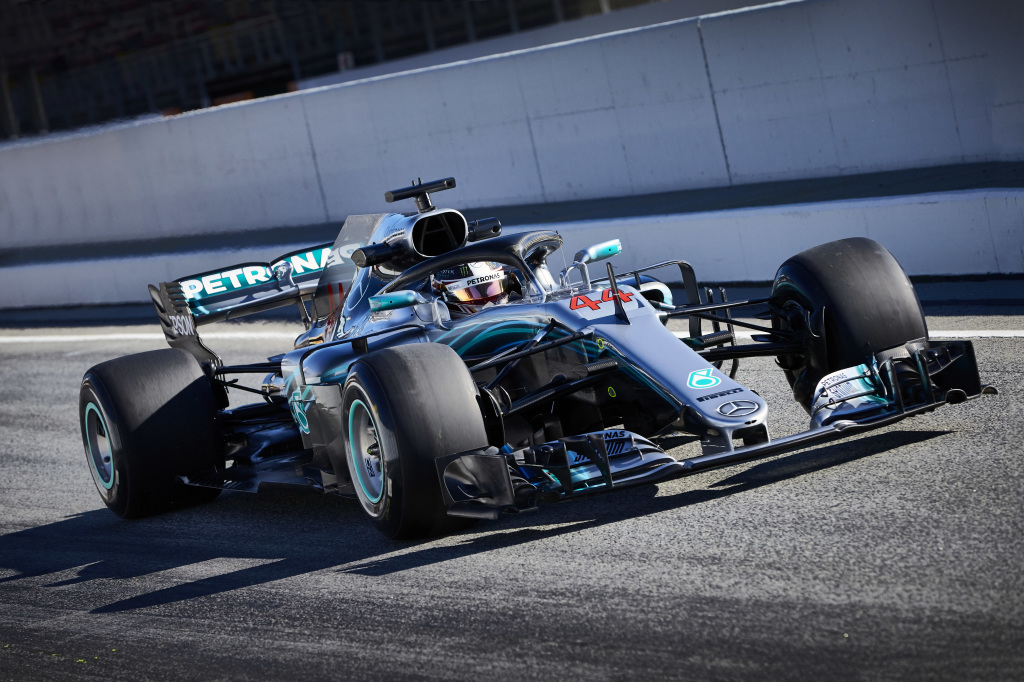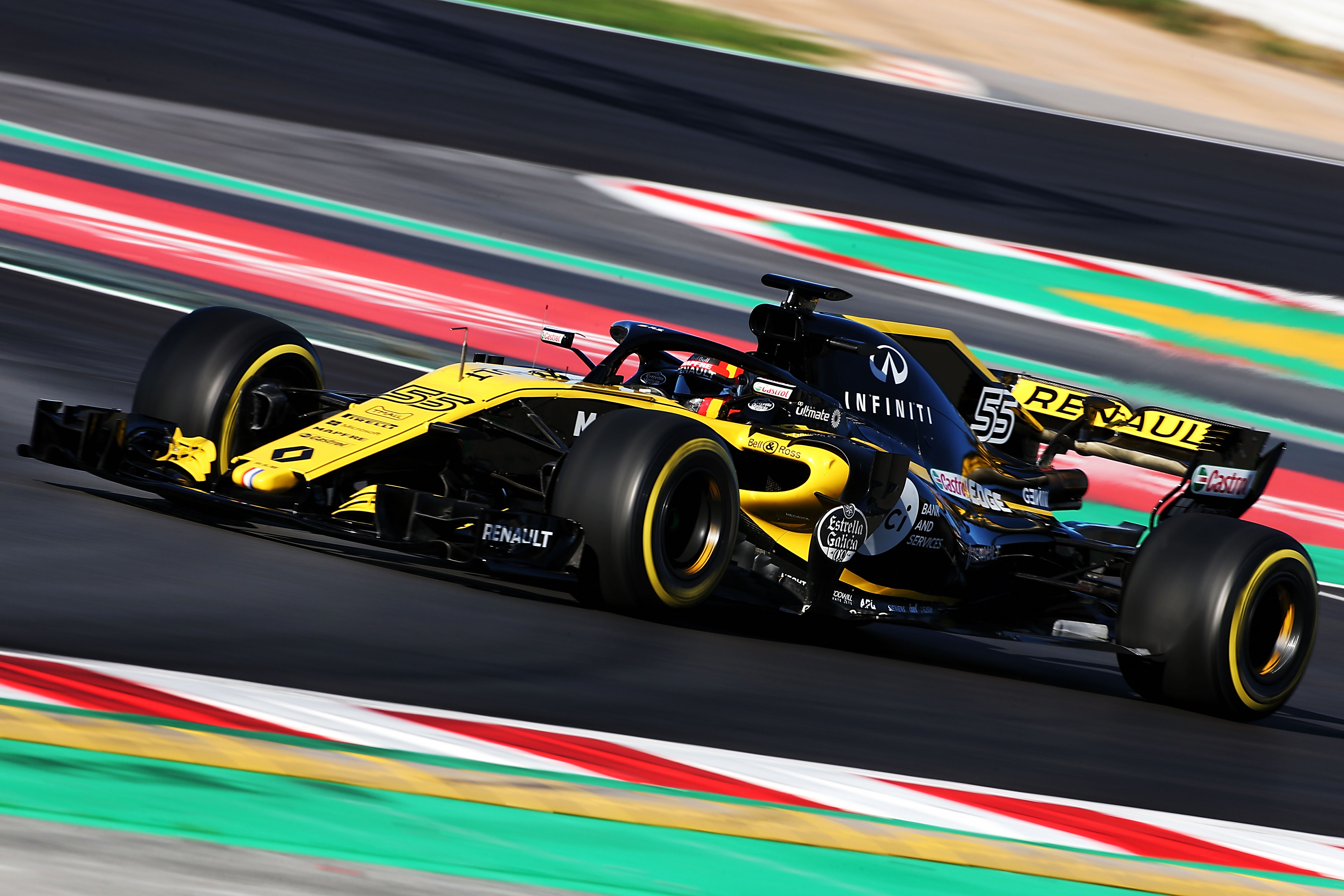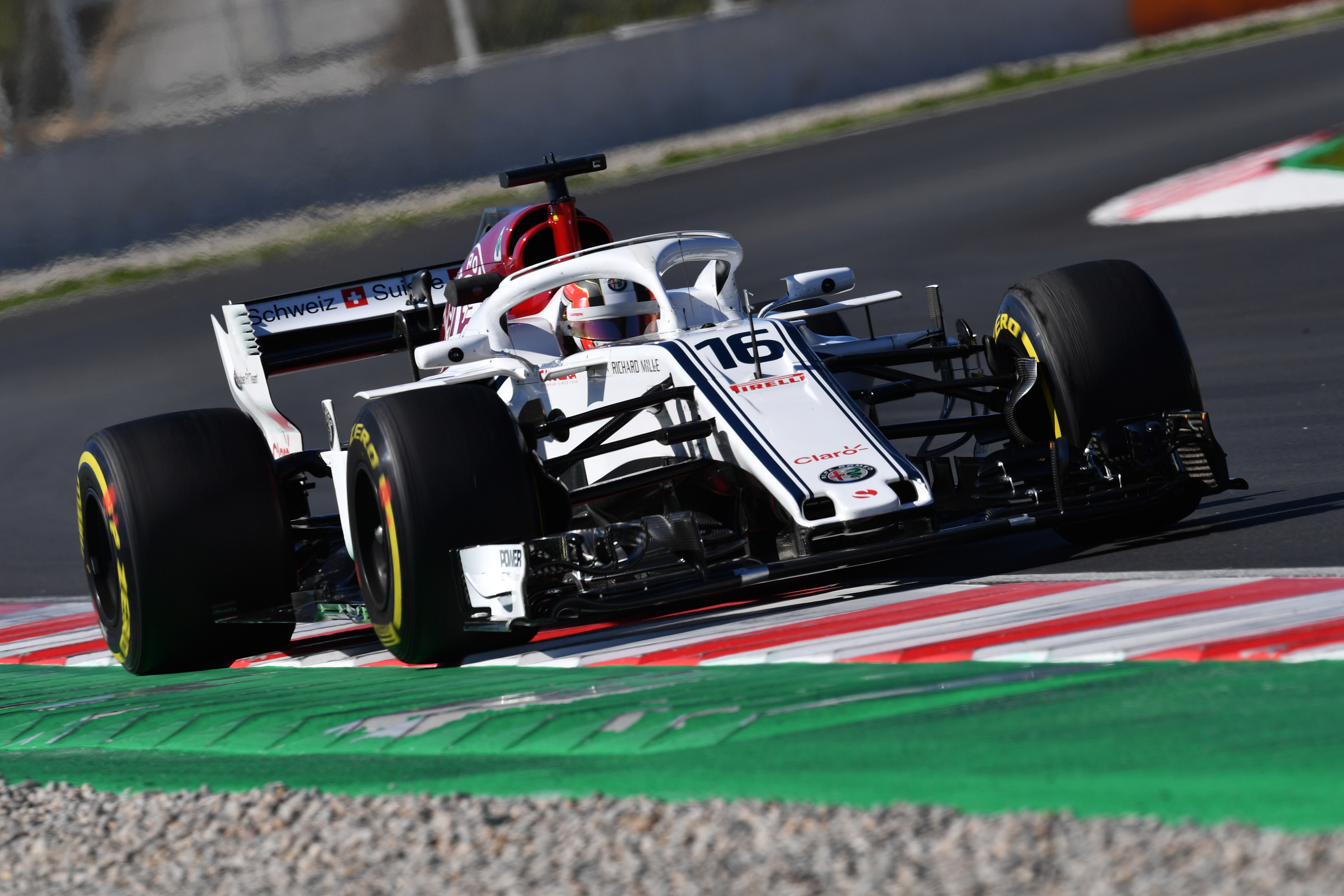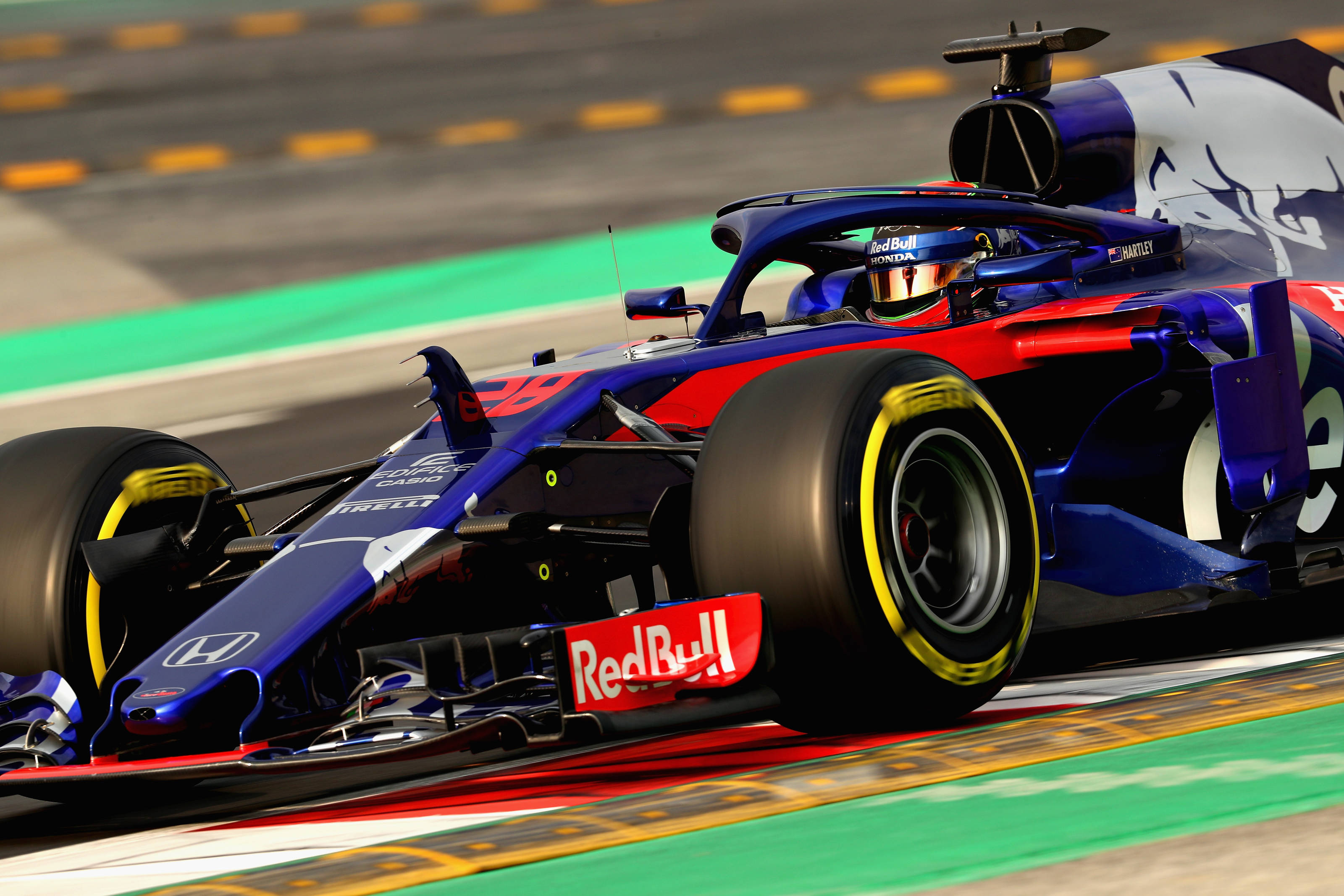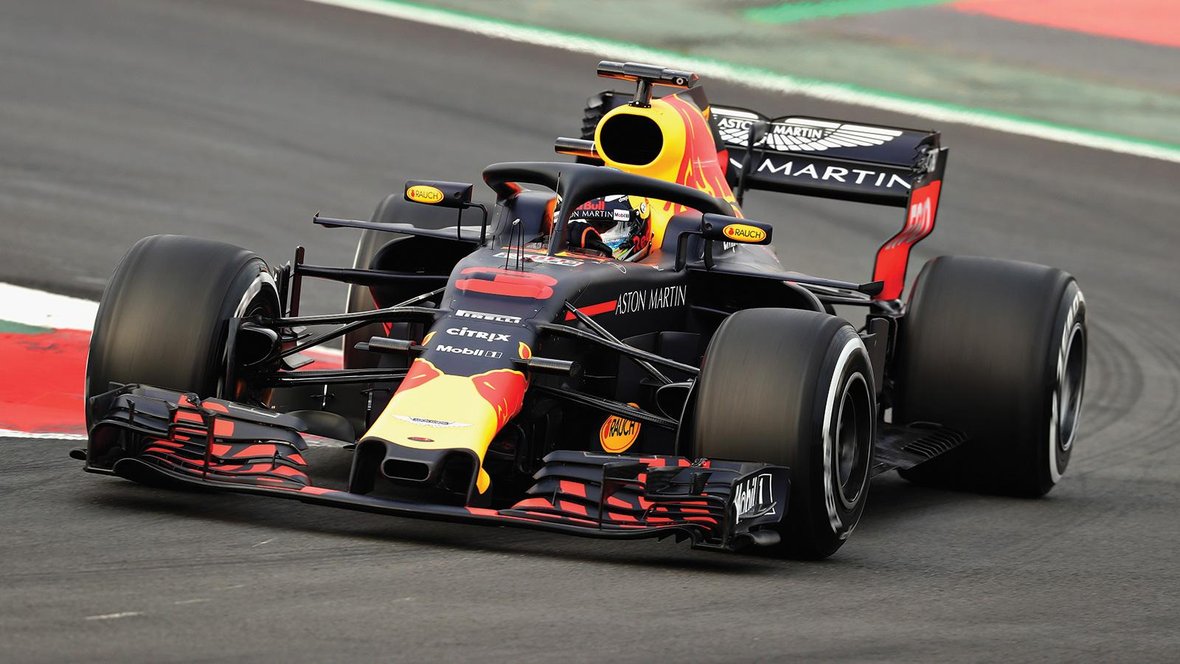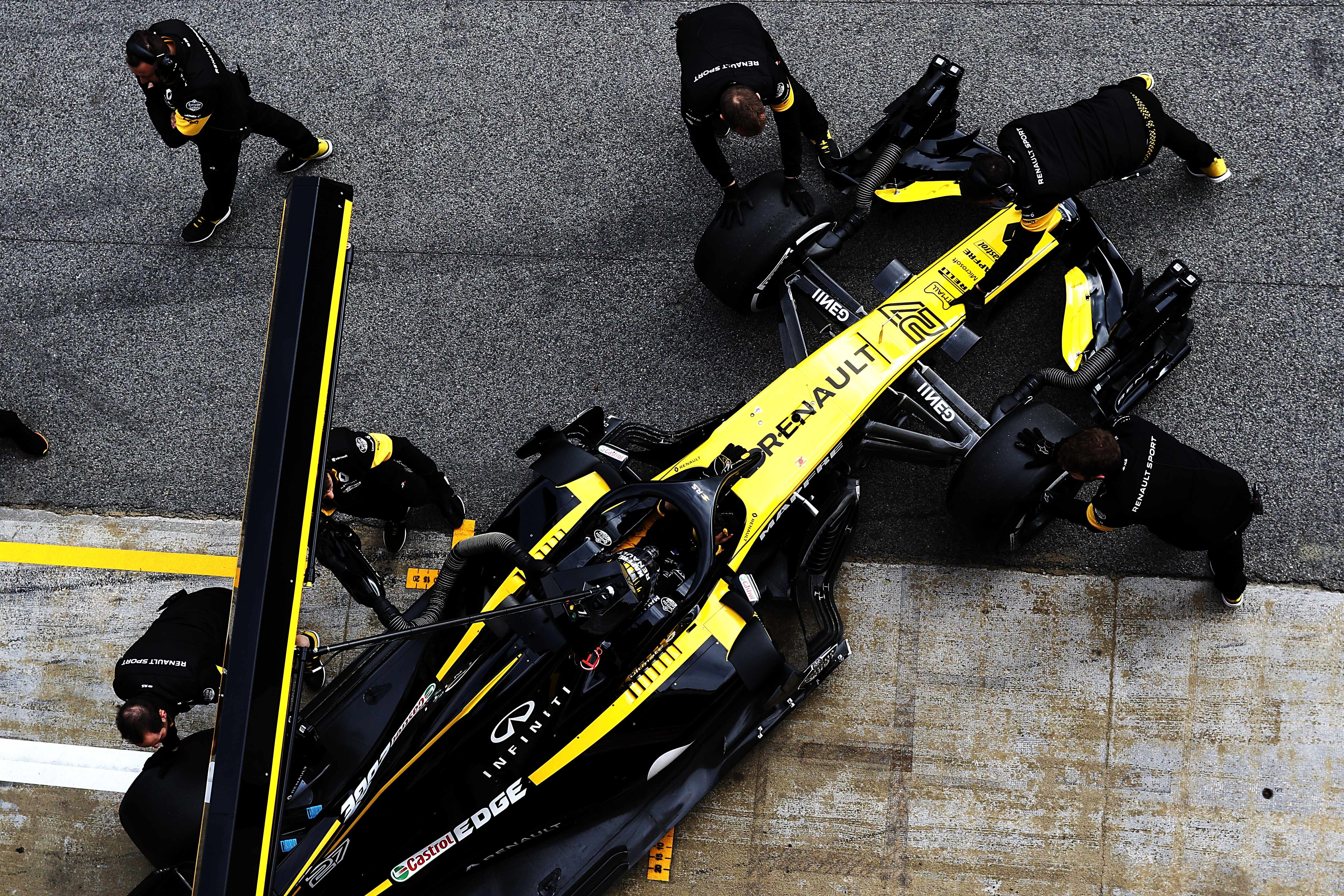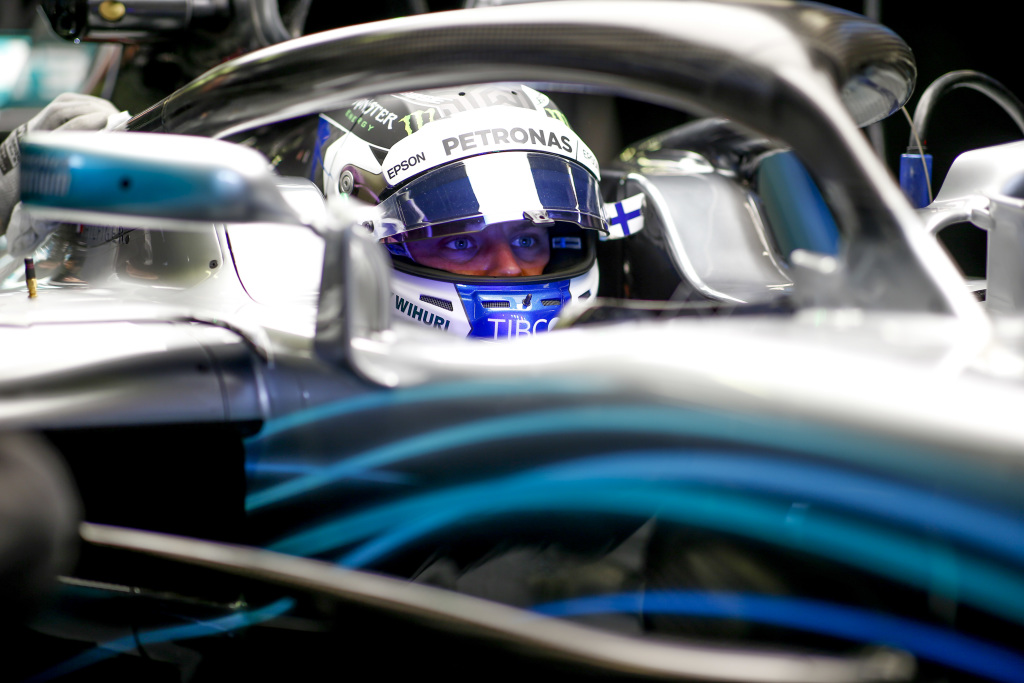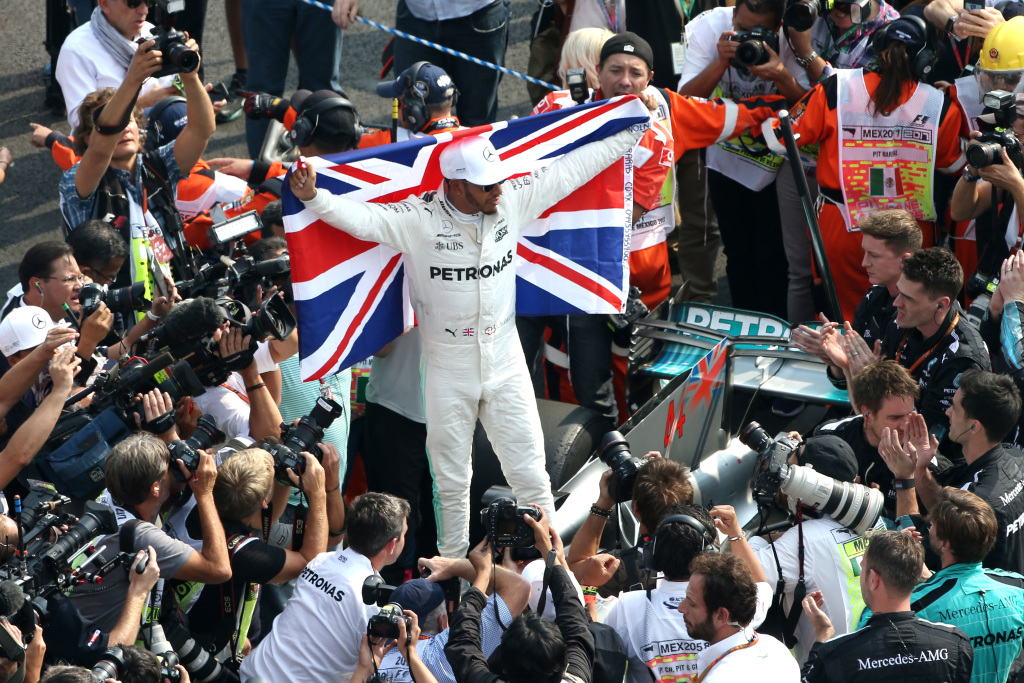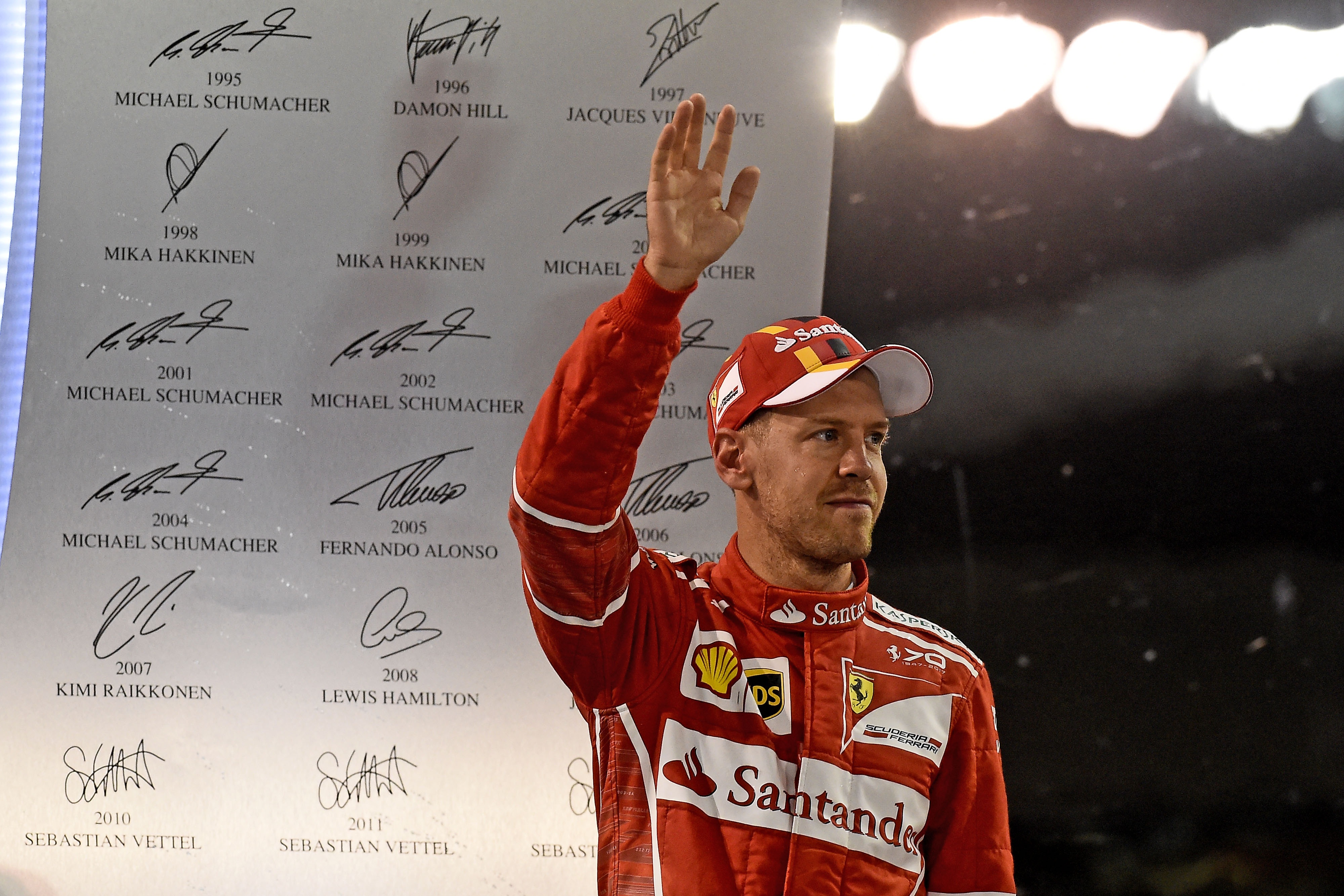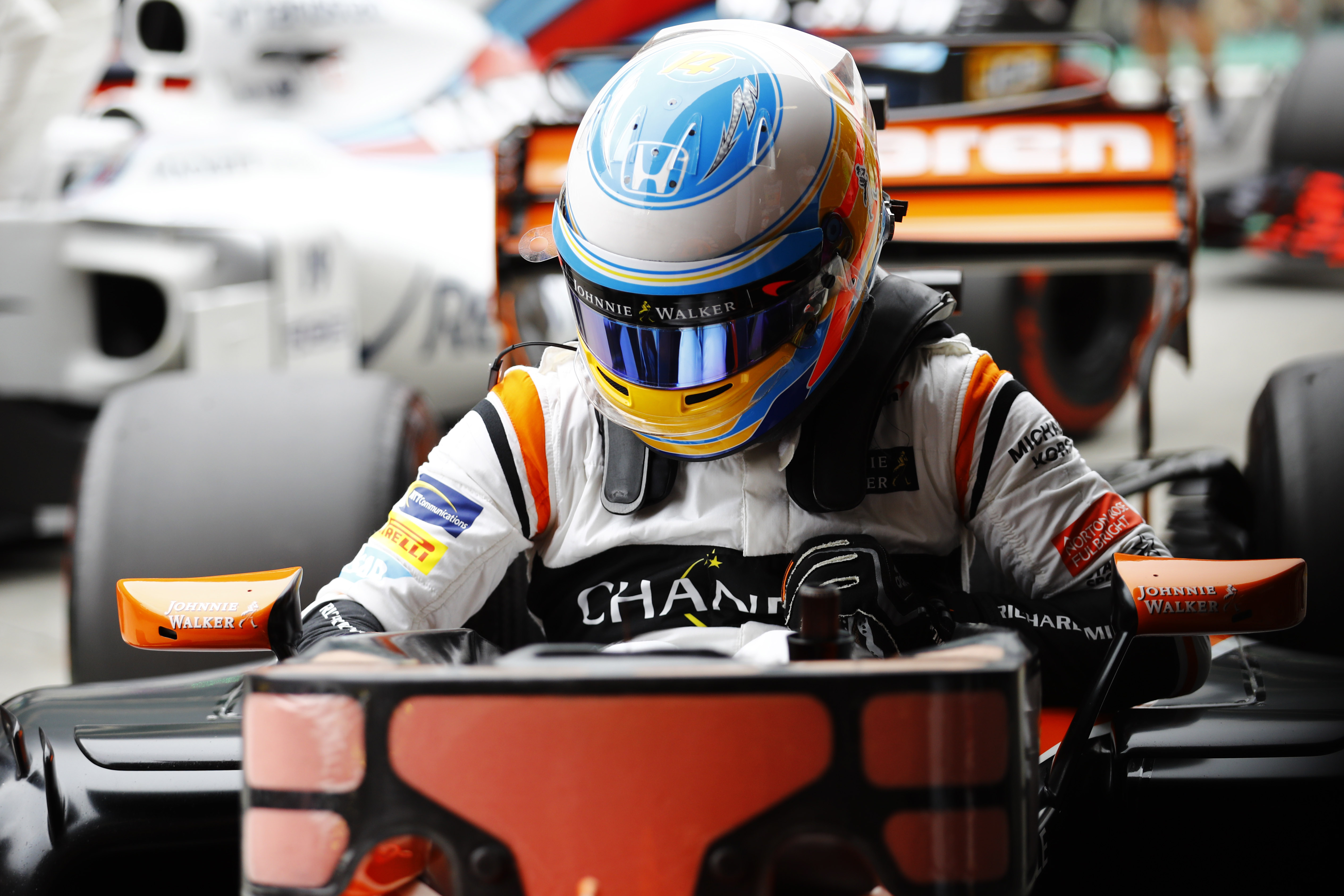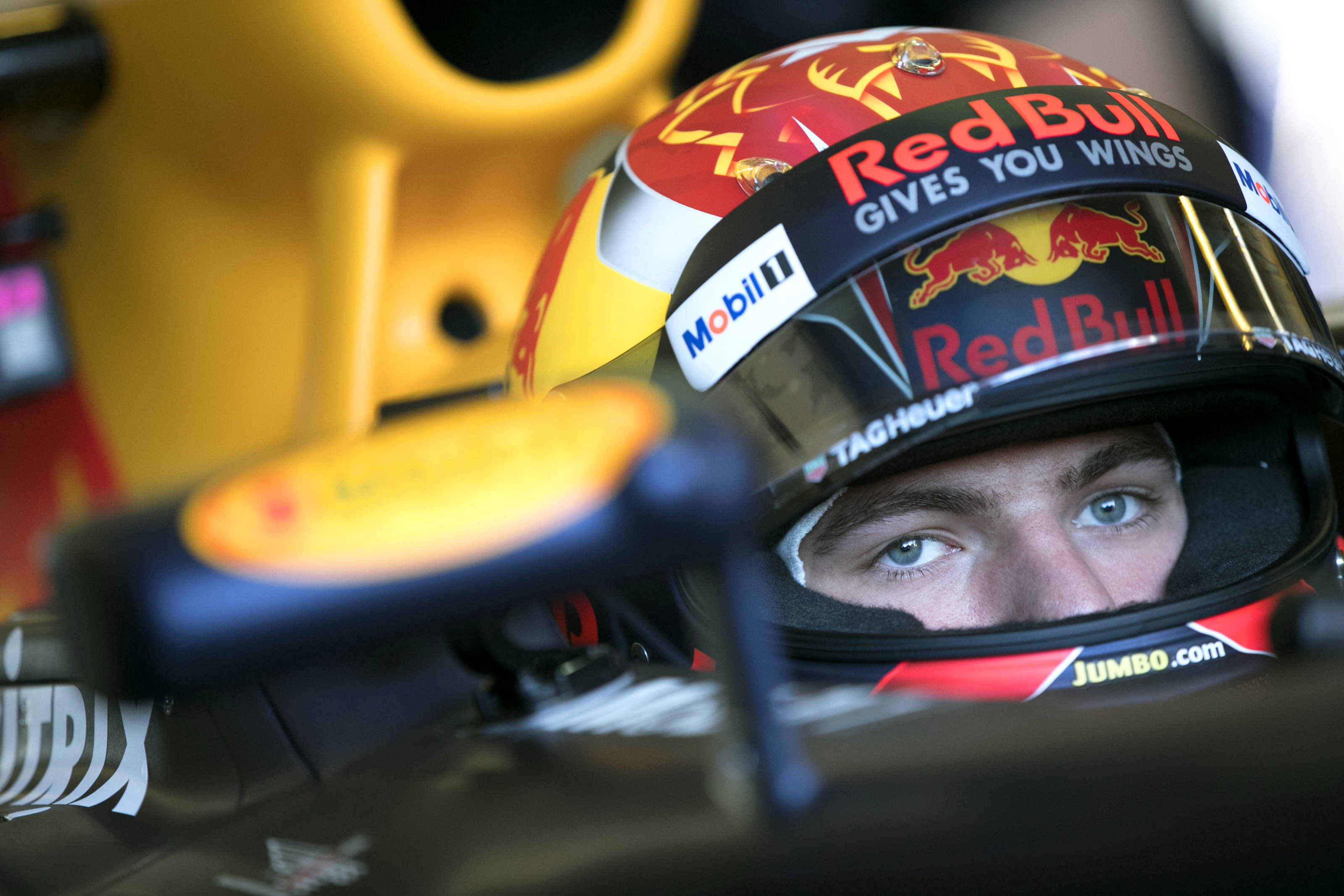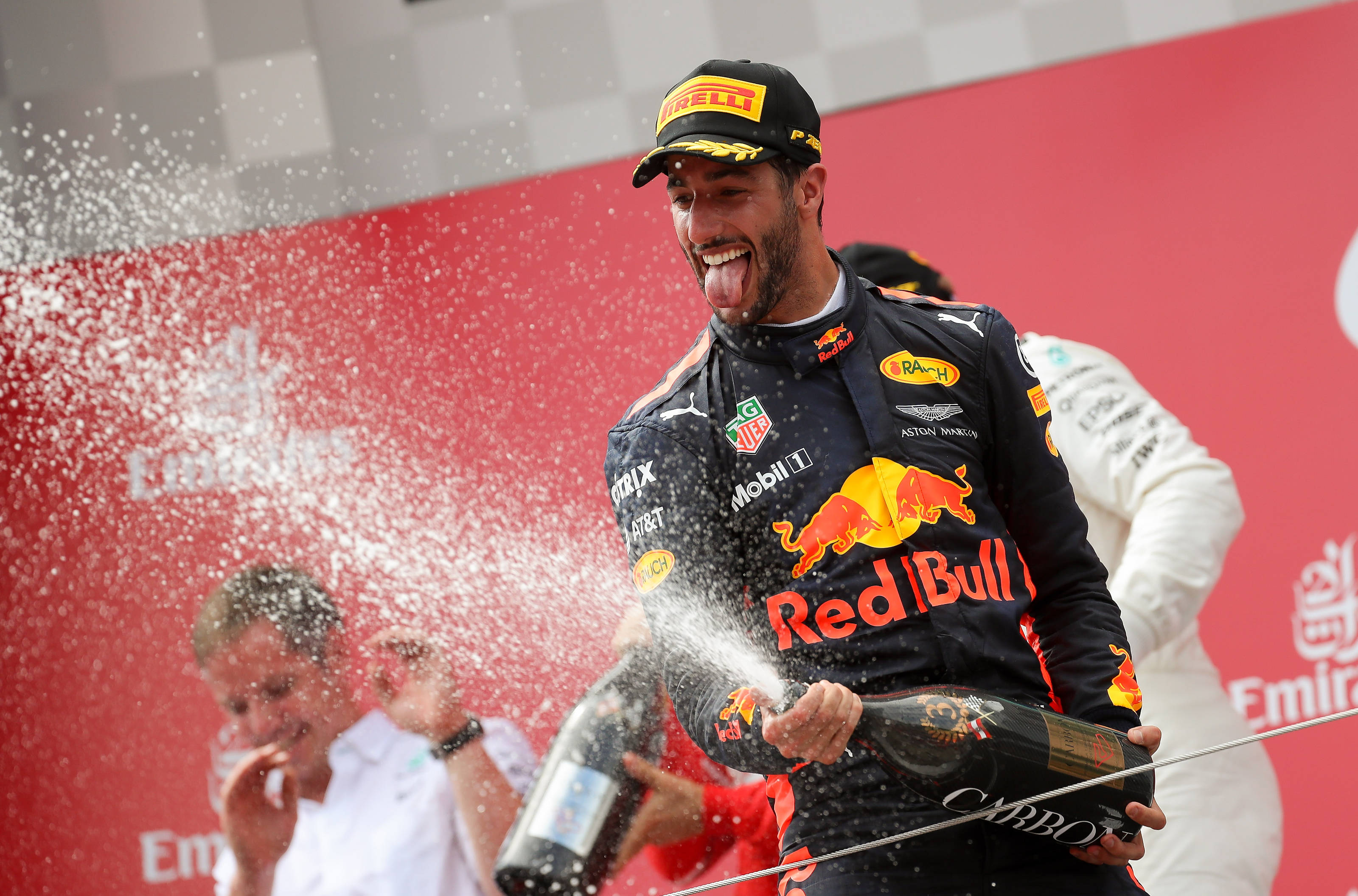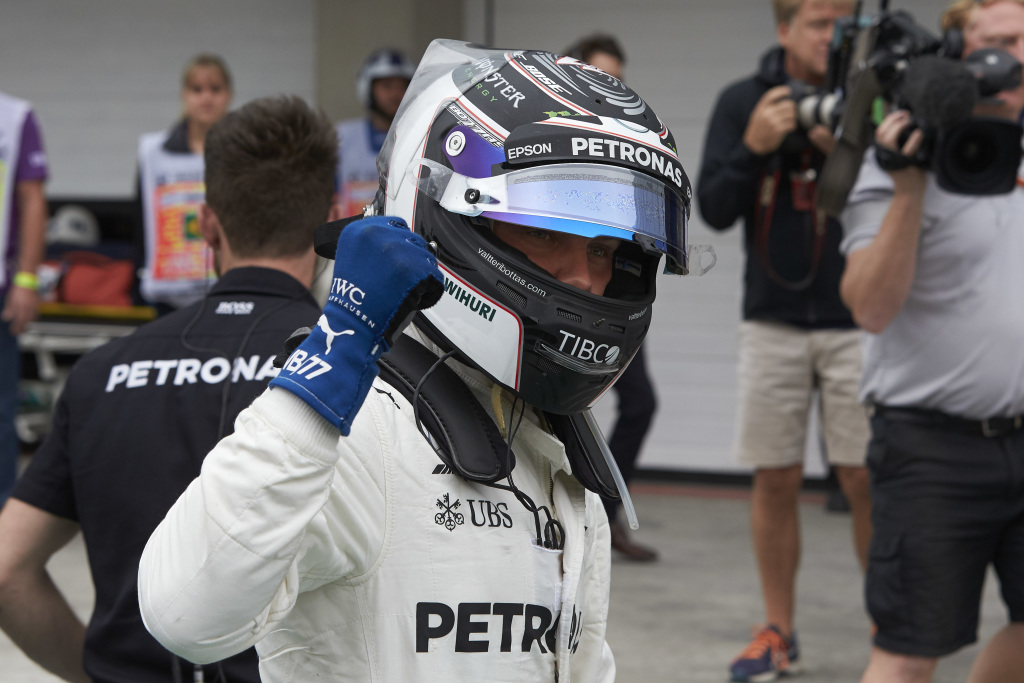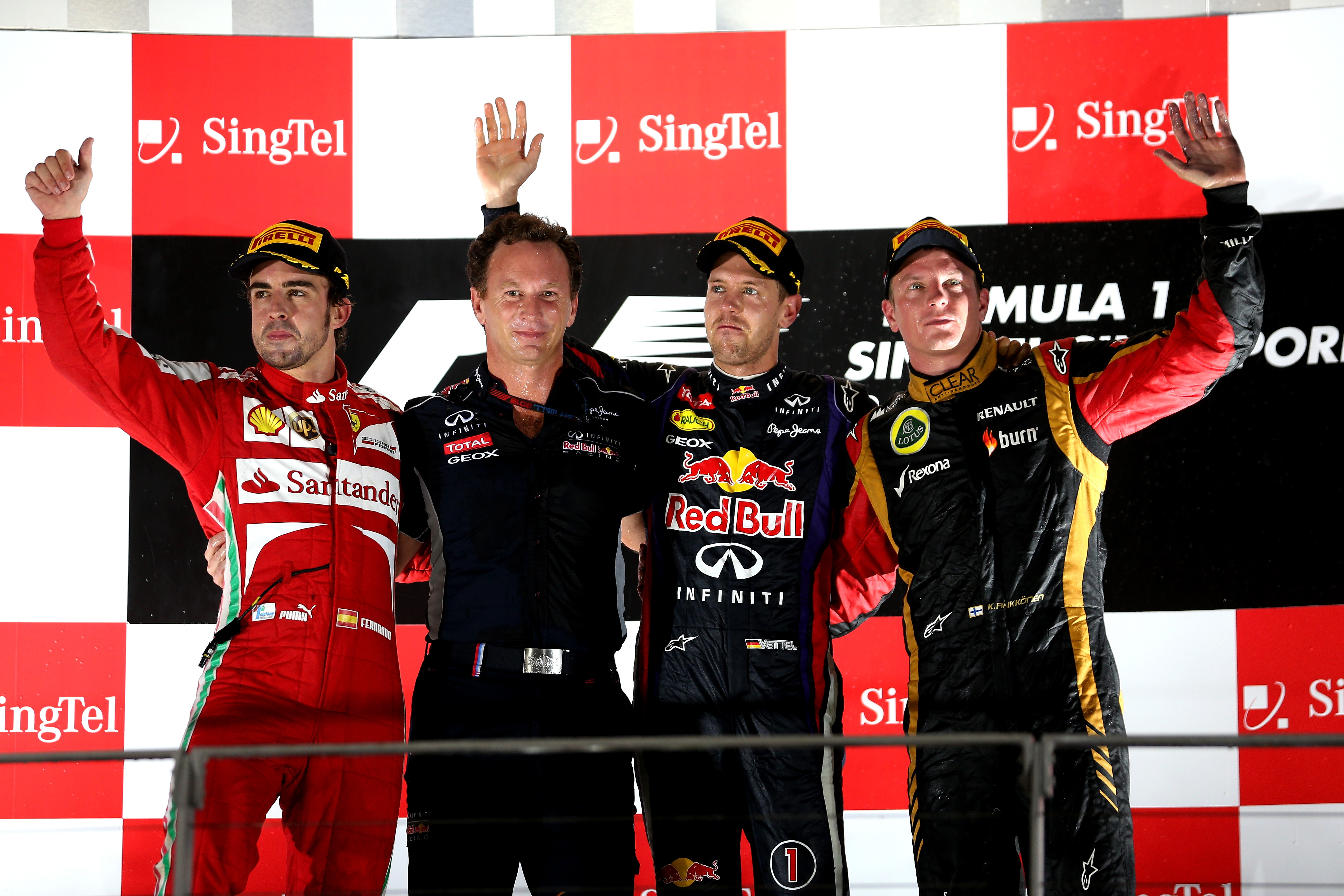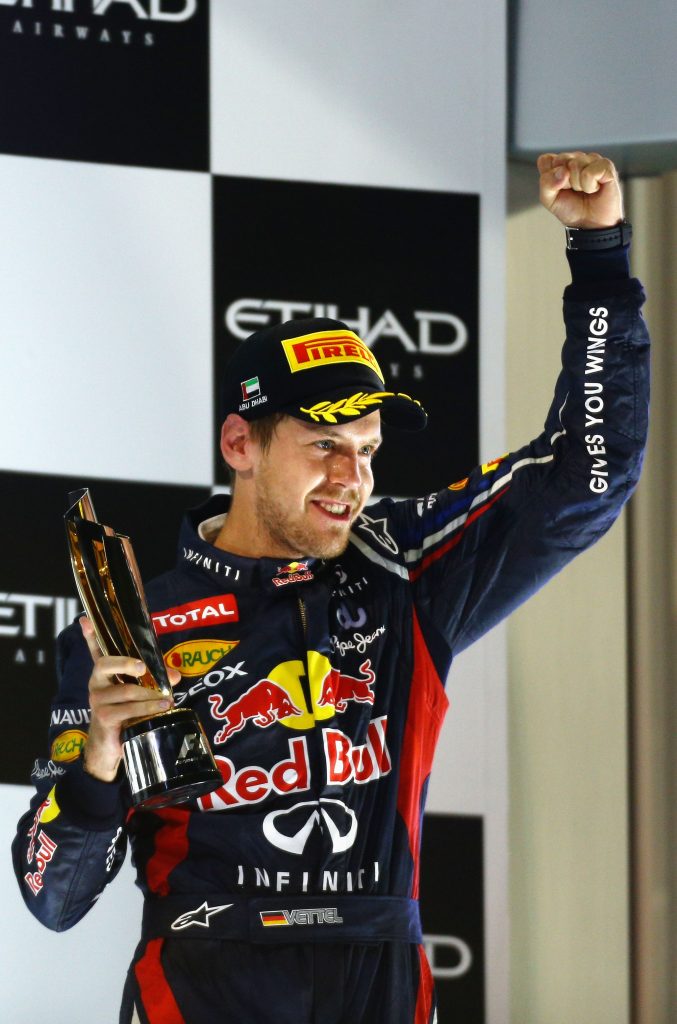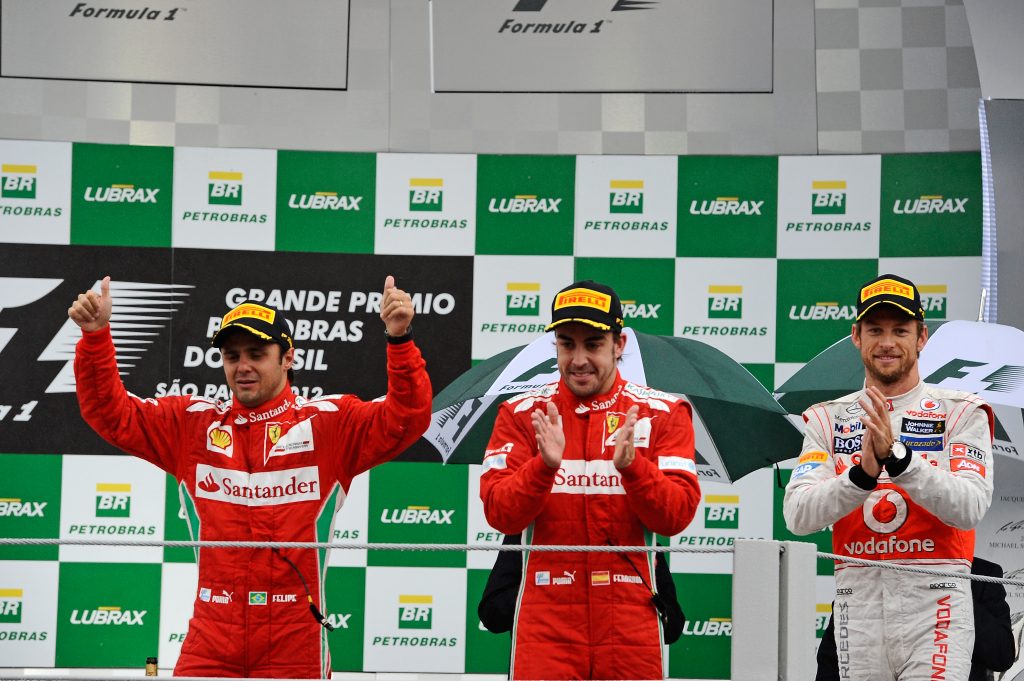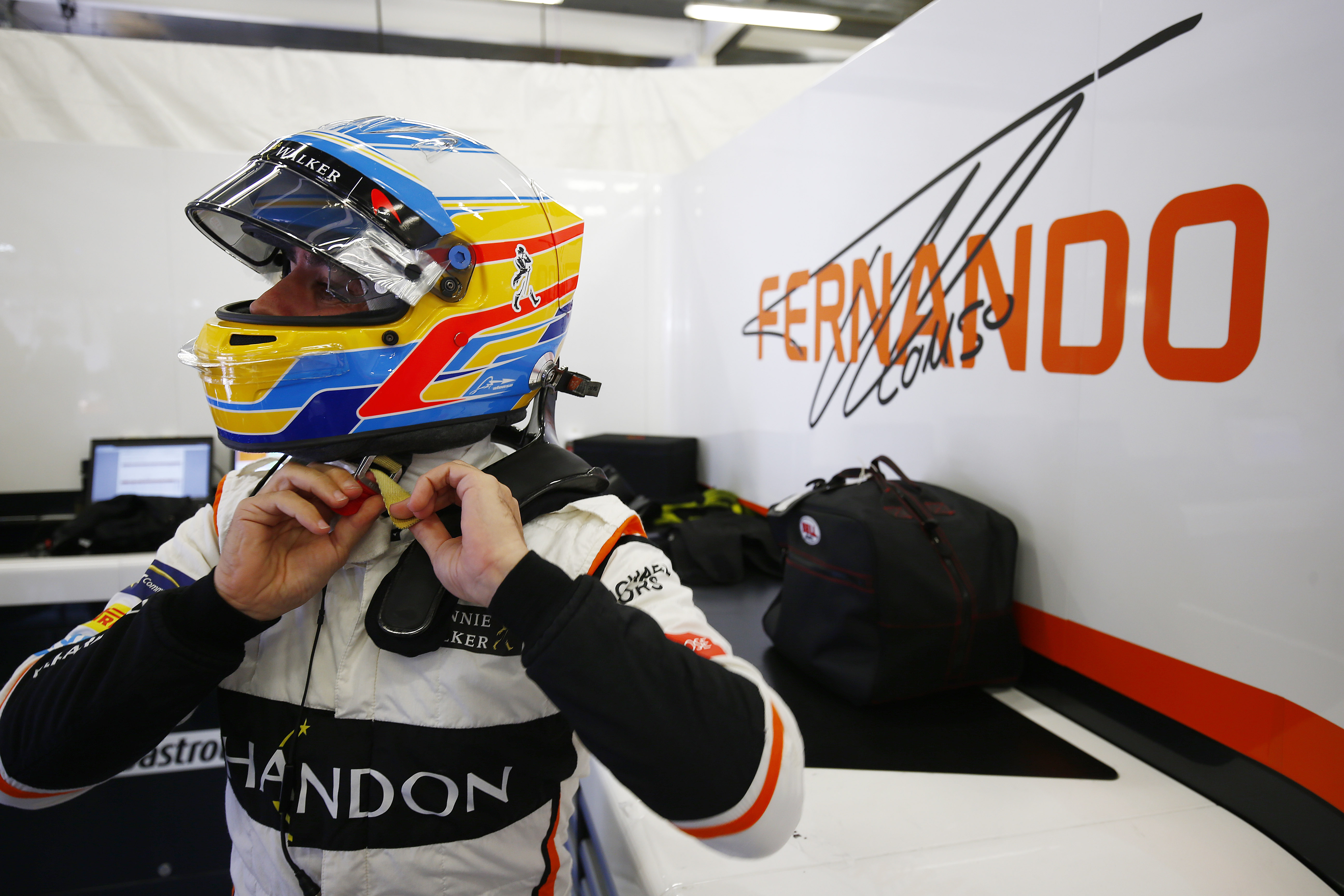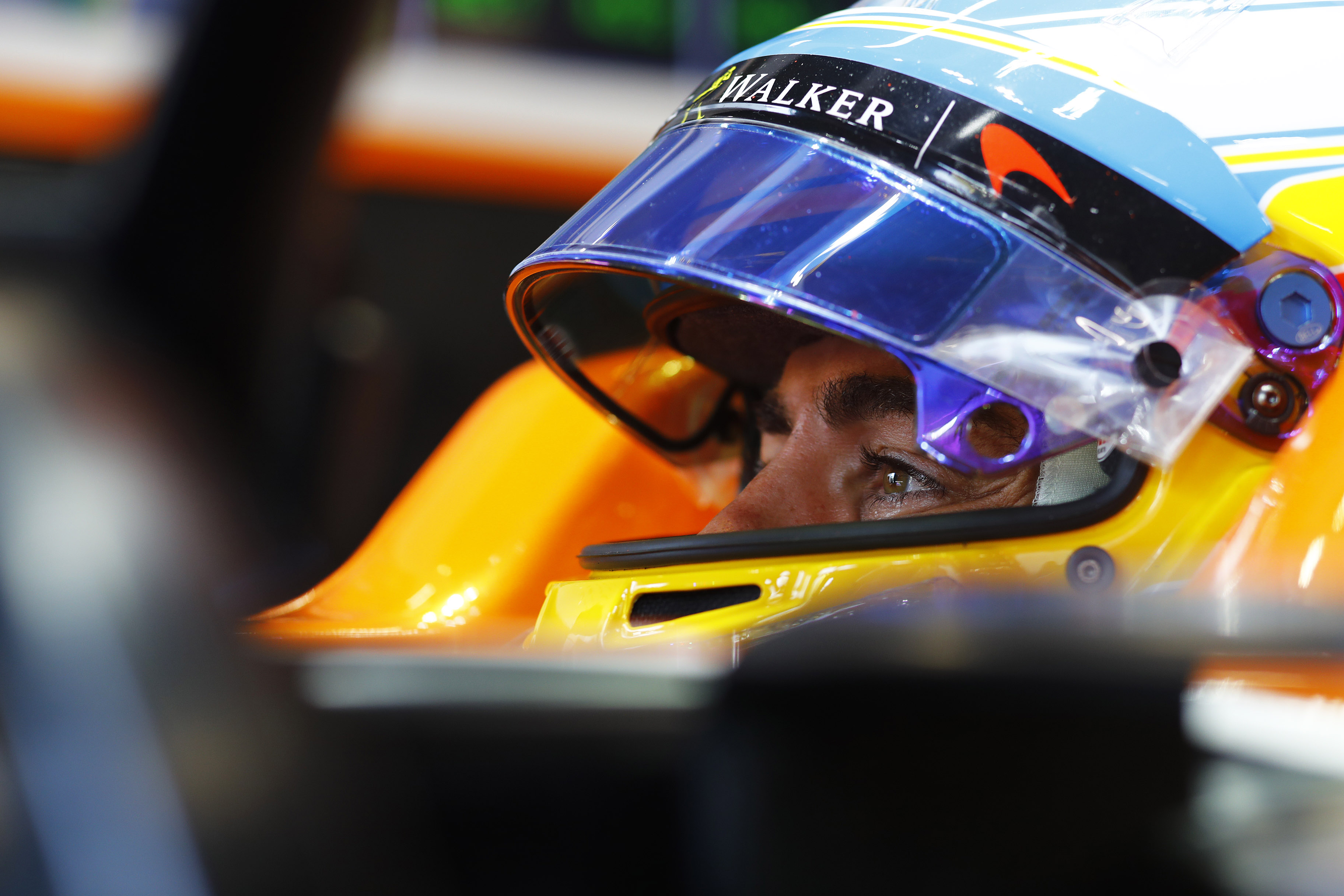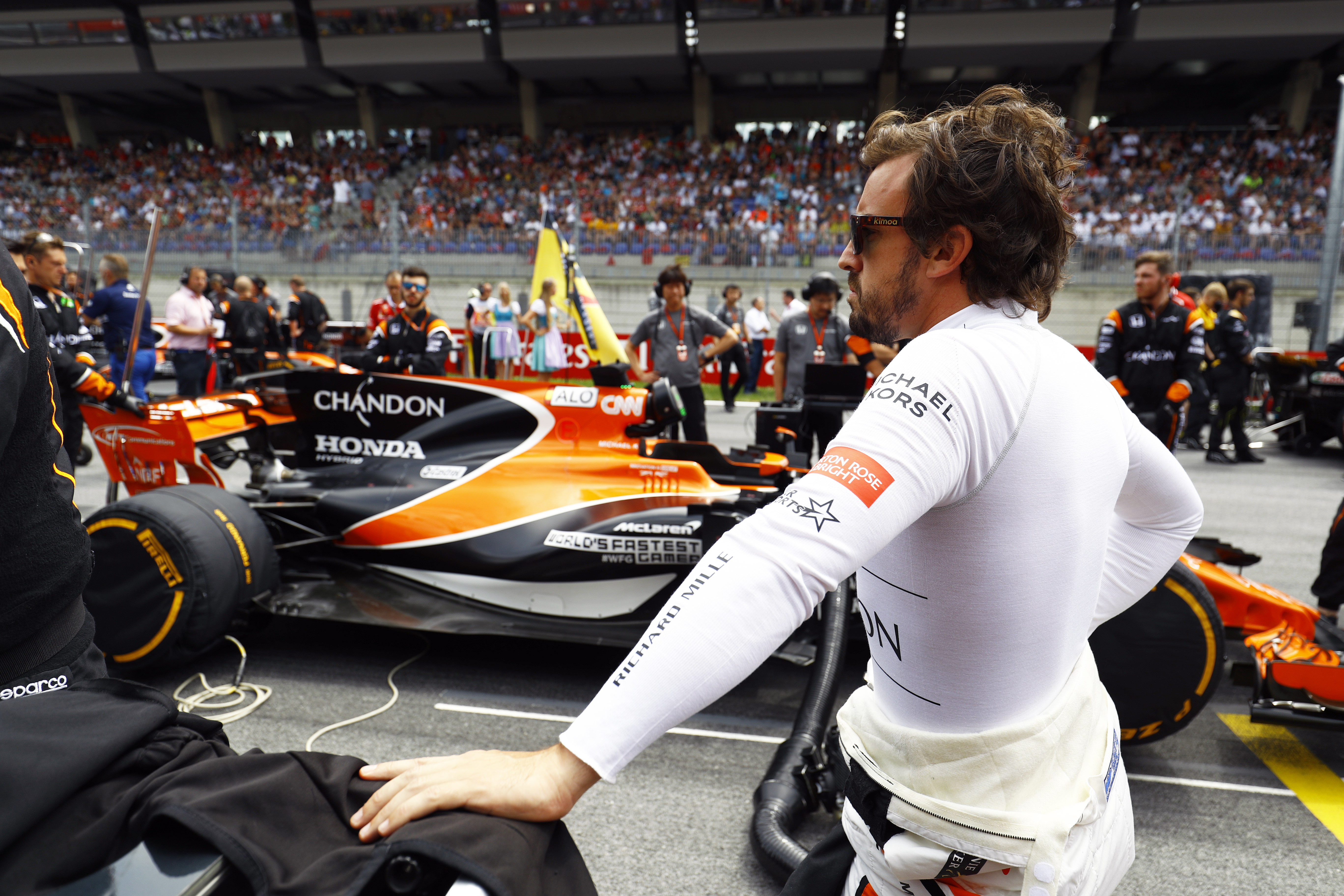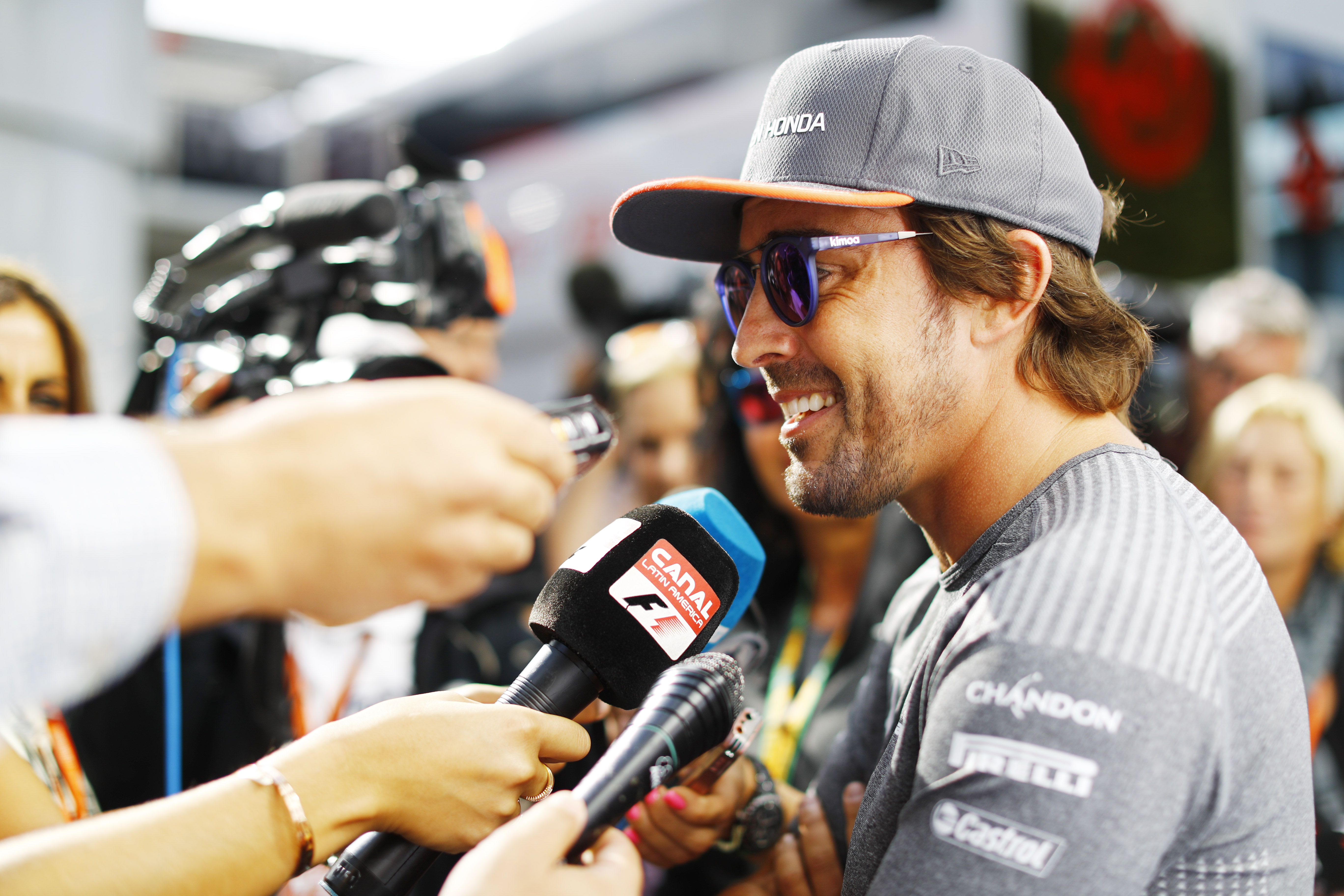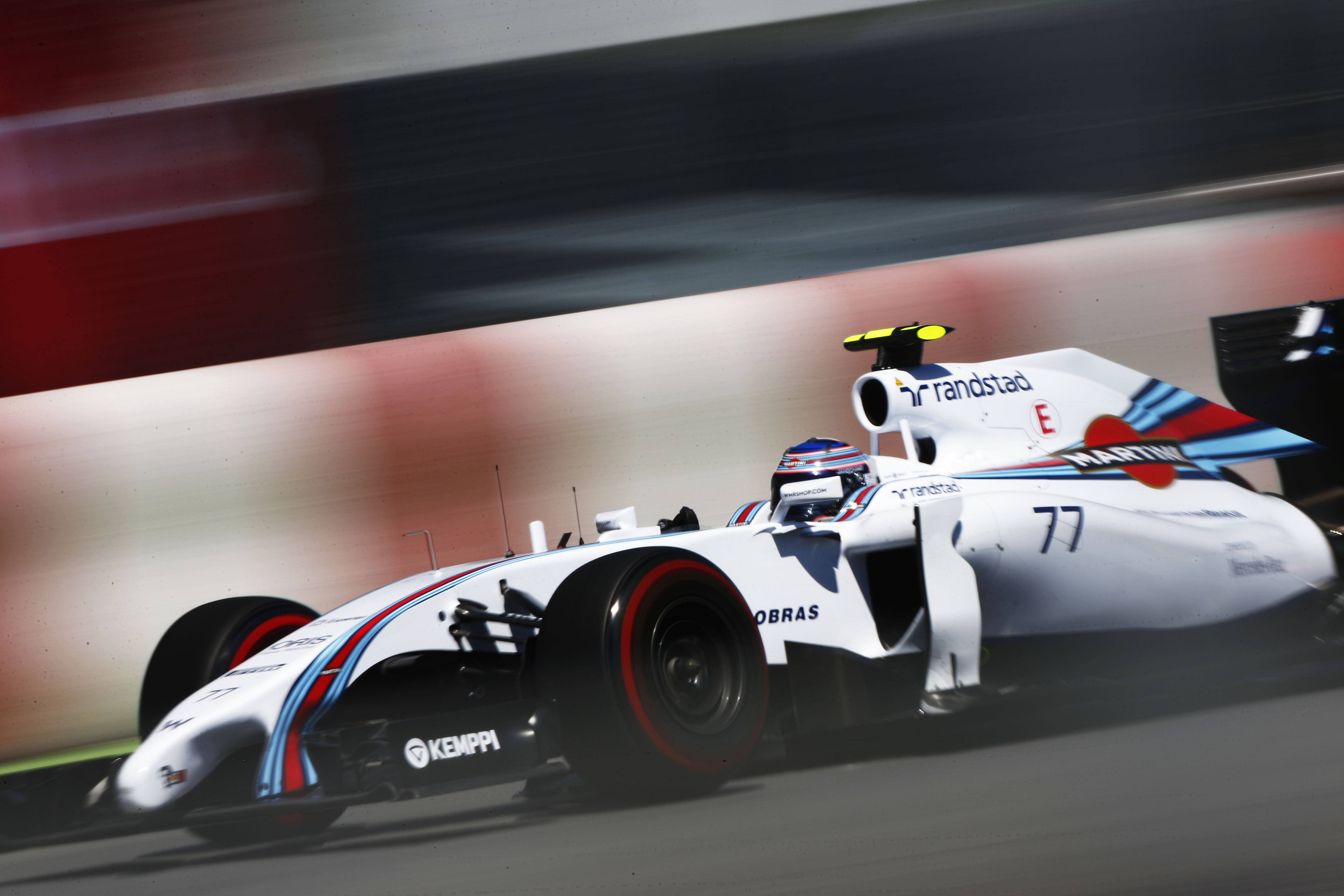Looking at the results, you wouldn’t have thought much happened during the British Grand Prix, but some action at the start and a couple of safety car periods spiced the race up. The final race of the triple-header in Europe saw Sebastian Vettel take the win.
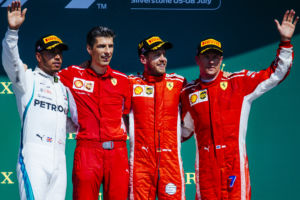
Sebastian Vettel – 9
There were pre-race doubts about Vettel’s fitness – he had tape put on his neck after FP3 – but the adrenaline kicked in and his start was beautiful, waving concerns away. All the action happened behind him. The safety cars late on in the race put him behind on the track but a great dive-bomb up the inside of Bottas sealed the win. Great victory as we head towards Germany next!
Lewis Hamilton – 9
The Brit got a tardy start which he would come to regret, even if he ended the race in a position where he lost minimal amounts of points. There were some very interesting comments from him afterwards suggesting that tactics from Ferrari were what resulted in him being taken out, bringing back memories of Mexico 2017. Hamilton was the last car on track at the end of lap one, but like a knife through butter he carved his way through the field. A disappointing start, but if you look from lap two onwards it was a great race for him.
Kimi Raikkonen – 7
Raikkonen has finished on the podium at the last three races, but never on the top step. The Finn owned up to his coming-together with Hamilton, saying the incident at turn three was his fault and accepting the penalty handed to him. Team-mate Vettel stormed off into the distance, while Raikkonen couldn’t quite match Hamilton near the end of the race.
Valtteri Bottas – 8
The Mercedes team threw away the lead again today, deciding to keep Bottas out after the second safety car. Before that he was faster than Vettel, so on a level playing field Bottas could have beaten the German and taken the flag first. Much like in China and Baku, strategy from his team may have cost him the victory once again, even if it may have been tougher in Silverstone to remain in the lead. A great start made amends for a poor qualifying on Saturday, but he is clearly still playing second fiddle to Hamilton.
Daniel Ricciardo – 7
Silverstone turned out to be a track which highlighted the frailties of the Red Bull package. Roughly 80% of the track is spent at full throttle, and power isn’t exactly Red Bull’s strong point. Ricciardo was out qualified once again by Verstappen, with a DRS issue hampering his performance. He was great at defending against Raikkonen during the race but unfortunately the safety car came out at the wrong time for him, as he had already made a pit-stop two laps beforehand. The lack of speed along the straights prevented him from passing Bottas in the closing laps of the race.
Nico Hulkenburg – 8
Best of the rest and great haul of points for the German. Renault were the only team to use the hard tyre during the race, having worried about blistering on the other compounds, and the tactic worked brilliantly. Hulkenberg did supremely well to keep the pack behind him at the two safety car restarts.
Esteban Ocon – 7
Ocon is showing his worth a lot more this season compared to last, and provided a great result at for Force India at what is essentially the team’s home race, given that their factory is literally just over the road. Ocon made it through to the final part of qualifying, and kept the car in the top ten on Sunday.
Fernando Alonso – 8
Alonso’s McLaren may lack pace on a Saturday but on a Sunday, in the hands of the Spaniard, it is one of the best in the midfield. He took advantage of the safety cars to pit for some fresh rubber, allowing him to get past Kevin Magnussen at the end. He may appear calm on the outside, but it isn’t hard to imagine that deep down all is still not well with the relationship between himself and McLaren.
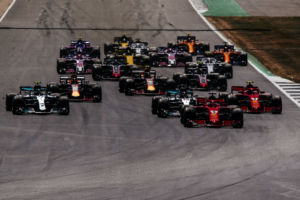
Kevin Magnussen – 7
Hampered by the first lap accident with his team-mate, Magnussen did well to score points considering the clash inflicted some damage to his car, which restricted his speed. He was one of few drivers not to pit under the safety car which pushed him down the order late on, but he managed to hold on to salvage some points.
Sergio Perez – 6
Much like Hamilton, Perez saw the field drive past him after contact on the first lap spun him at turn one. He recovered well and found himself in contention for the last point, which was ultimately claimed by Pierre Gasly Chafter a collision between the two near the end of the race. After the race, though, Gasly was awarded a five-second penalty for the incident, meaning Perez inherited P10 and the one point that comes with it.
Stoffel Vandoorne – 4
It was a quiet weekend in general for Vandoorne. He was a whopping 0.9 seconds slower than Alonso on Saturday, and with others making the decision to start the race from the pit-lane it meant he was the last on the grid. He finished the race in 12th, meaning he now hasn’t scored since Baku. Lando Norris in currently second in Formula 2 and is hotly tipped for a drive in F1 next year. It could well be this seat that he takes.
Lance Stroll – 5
Williams are currently the worst car on the grid, and unfortunately nothing put that more on show than Sunday’s race. Prior to the first safety car they were the only team to have been lapped, and Stroll made a mistake in qualifying which ended up his car being beached in the gravel.
Pierre Gasly – 7
Gasly had a good Sunday and initially finished tenth, a welcome result given that Toro Rosso been having a tough time of it recently. The Frenchman collided with Perez with a few laps to go, and a harsh time penalty given to him after the race pushed him down the field. Silverstone was a track which showed Honda’s deficit to the other manufacturers, but there are still promising signs and it was a far better day for Gasly than the results suggested.
Sergey Sirotkin – 5
Sirotkin, along with his team-mate, started the race from the pits after taking on new parts. Like Stroll, Sirotkin also made a mistake in qualifying, but managed to keep the car going and set a lap, albeit one that turned out to be the slowest of the session. Seeing the Williams team run plum last is such a shame to see.
Max Verstappen – 7
Verstappen may have been classified as a finisher, but a brake-by-wire issue ended his day late into the race. Ever-hungry, he was running in a solid podium position, but with the deficit of his Renault power-unit he was a sitting duck at the restarts. His defending to Raikkonen was brilliant.
Carlos Sainz – 5
A poor performance for Sainz both on Saturday and Sunday. A less-than-par qualifying session put him in the thick of the action, and he collided with Romain Grosjean. A weekend to forget for the Spaniard.
Romain Grosjean – 5
Will Austria be seen as a peak in Grosjean’s season? Three collisions in one weekend isn’t good enough. The first occurred in practice, with the second being the cardinal sin of hitting his team mate on the first lap. The third, a tangling with Sainz at Copse, ended his race. Grosjean should have lifted off the throttle, but he kept his foot buried, causing instability and ultimately the collision.
Marcus Ericcson – 6
Ericsson’s DRS didn’t close as he approached turn one during the race and he crashed heavily, bringing out the first safety car. The crash rounded out an unfortunate weekend for the Swede, after England took his country out of the World Cup the day before. He did, however, have great pace during qualifying and got through to Q2.
Charles Leclerc – 8
An unfortunate error in the pits for Sauber resulted in Leclerc’s rear tyre not being fitted properly and the team telling him to stop the car. He had made another Q3 appearance on Saturday and had been running seventh at the time of the error, which meant the loss of a potentially big haul of points.
Brendan Hartley – N/A
You can’t really comment on what a horrible weekend the Kiwi has had. The suspension failure on Saturday pretty much ended his weekend. He didn’t see any track action in qualifying, and a last minute problem starting from the pit lane resulted in retirement after one lap. None of it whatsoever was his fault.
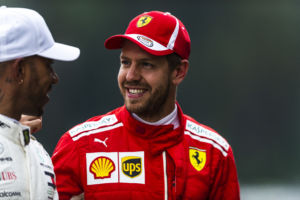
There is now a two-week break before we head to Hockenheim in Germany, a track that we see appear every so often on the calendar. Vettel won on Hamilton’s home turf this weekend, but can Hamilton strike back with victory in Germany? Vettel hasn’t got a record like Hamilton at his home track, and has only won in Germany once in his Red Bull days. The summer break looms and, for drivers such as Grosjean and Vandoorne, the pressure increases.



